Potatoes are super-versatile and are a staple ingredient of many meals in one form or another, whether boiled, mashed, chipped, roasted, or baked. Freshly dug and lightly boiled with mint, cooled, and eaten with salads, or mashed with mustard, they just can't be beaten.
When it comes to how to grow potatoes, it’s the most rewarding thing for an edible garden and there’s something special about growing these delicious potato tubers, from planting the first batch to unearthing your own creations from the soil like buried treasure. From when to plant potatoes to when to harvest them, this growing guide is designed to give you everything you need to know about how to grow potatoes yourself.
Types of Potato
Before you plant, decide what type of potato you want in your pantry. There are two main varieties; maincrops and earlies. Maincrop potatoes are usually bulkier and provide a bigger harvest. Harvested in late summer or autumn, they can generally be stored for winter use.
Early potatoes are ready from early to mid-summer and are divided into first earlies and second earlies. Earlies are first to crop and are smaller than maincrop potatoes, but arguably have the best flavour and a smooth, waxier texture that’s ideal for salads.
Second earlies follow on a few weeks later and both are sublime when served steaming hot and finished with a drizzle of olive oil.
Different Growing Techniques
Potatoes are not grown from seed but are known as "seed potatoes" and are sometimes sold as tubers. Seed potatoes are not the same as shop-bought potatoes because they’re grown in controlled conditions to ensure they are true to type and free from disease. They’re also renowned for vigorous growth and greater yield than their shop-bought counterparts.
You may have seen old potatoes grow shoots out of their "eyes”, which is how new potatoes form. You can either plant seed potatoes whole or cut them up into pieces with at least two eyes per piece.
Potatoes can also be planted in traditional trenches or individual planting holes.

 How to Grow Potatoes
How to Grow Potatoes

 When to Plant Potatoes
When to Plant Potatoes
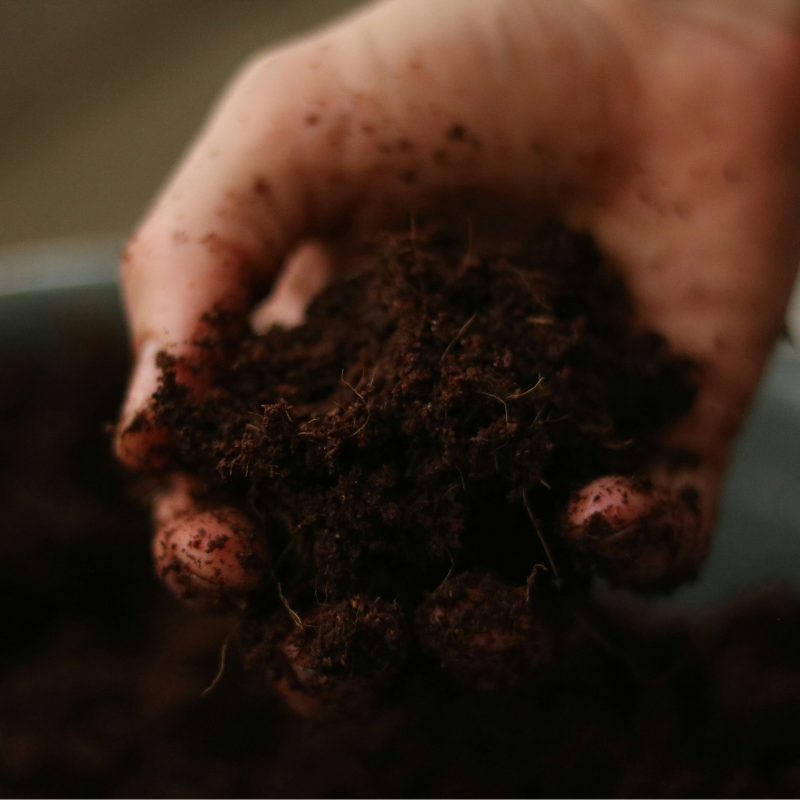
 Soil Preparation
Soil Preparation

 How to Plant Potatoes
How to Plant Potatoes

 Plant Care
Plant Care

 When to Harvest Potatoes
When to Harvest Potatoes

 How to Grow
How to Grow
 When to Grow
When to Grow
 Soil Preparation
Soil Preparation
 Planting
Planting
 Plant Care
Plant Care
 Harvesting
Harvesting














































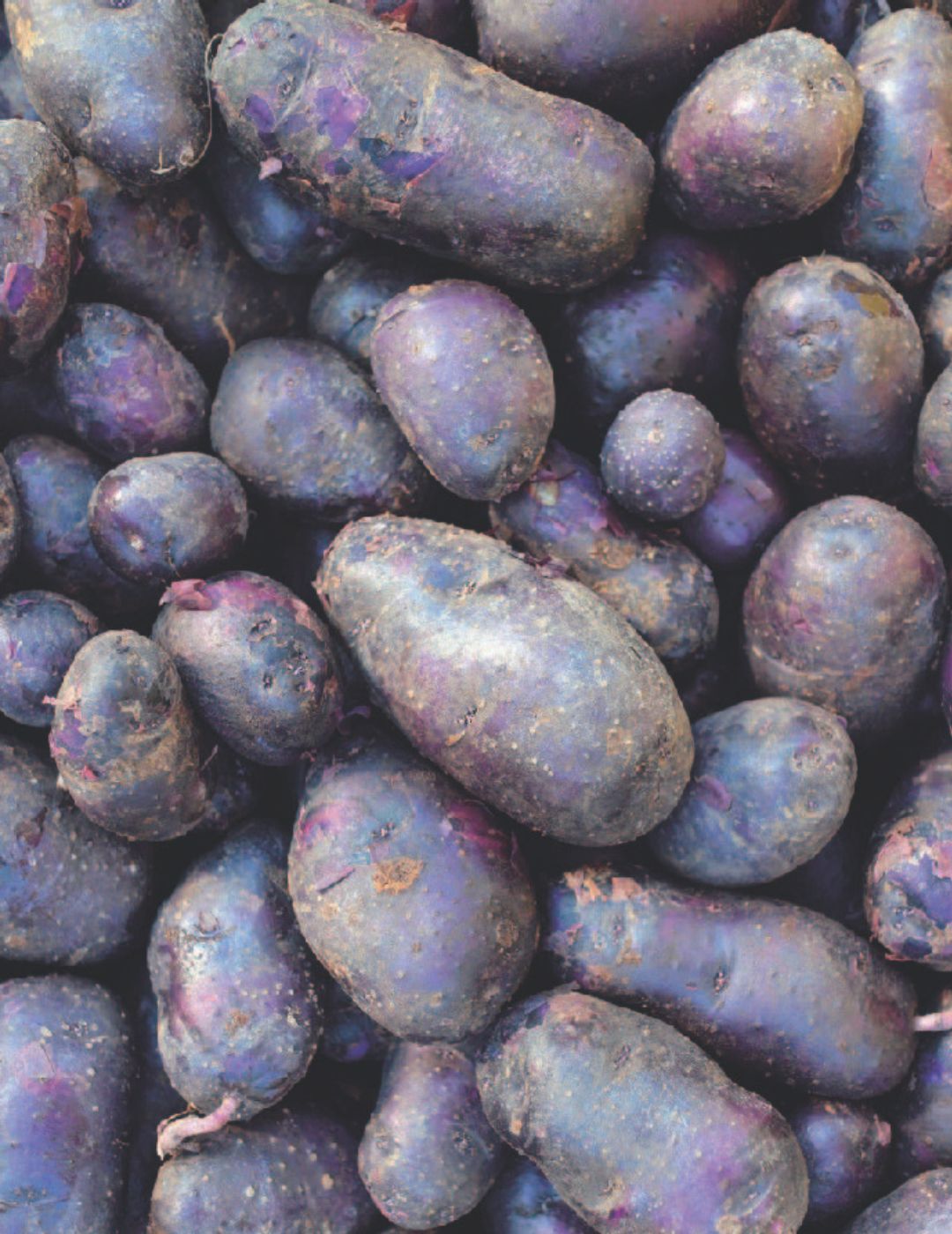
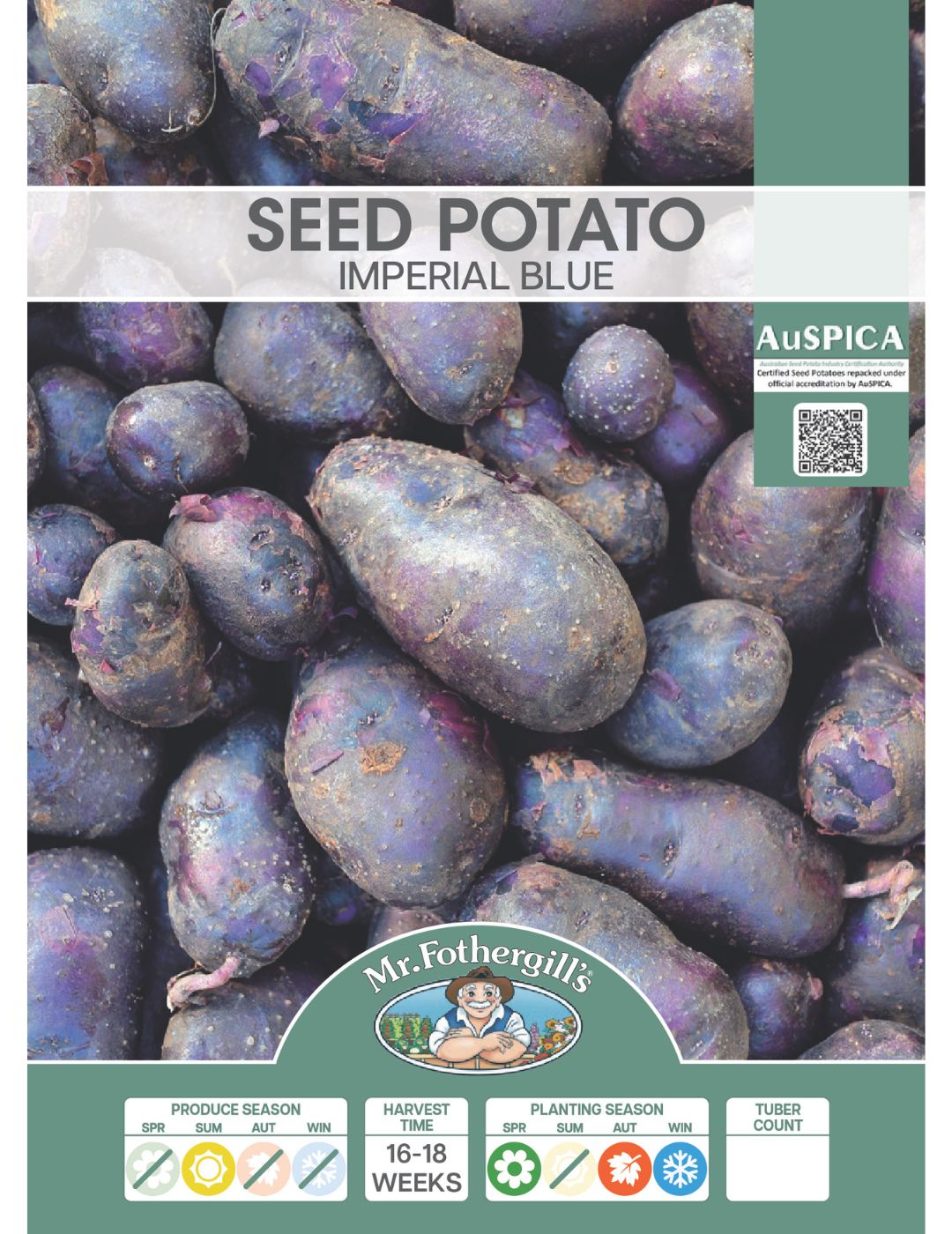
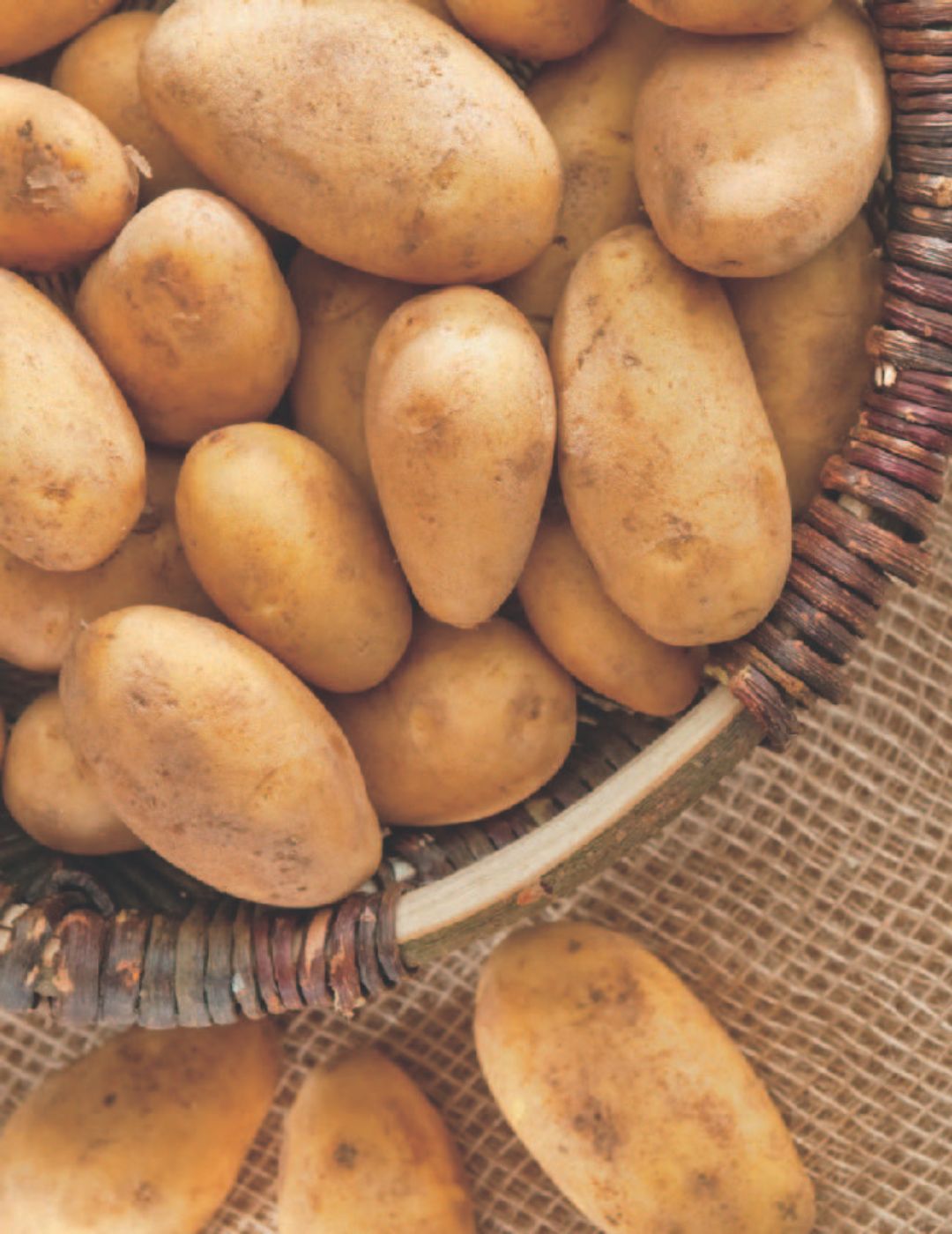
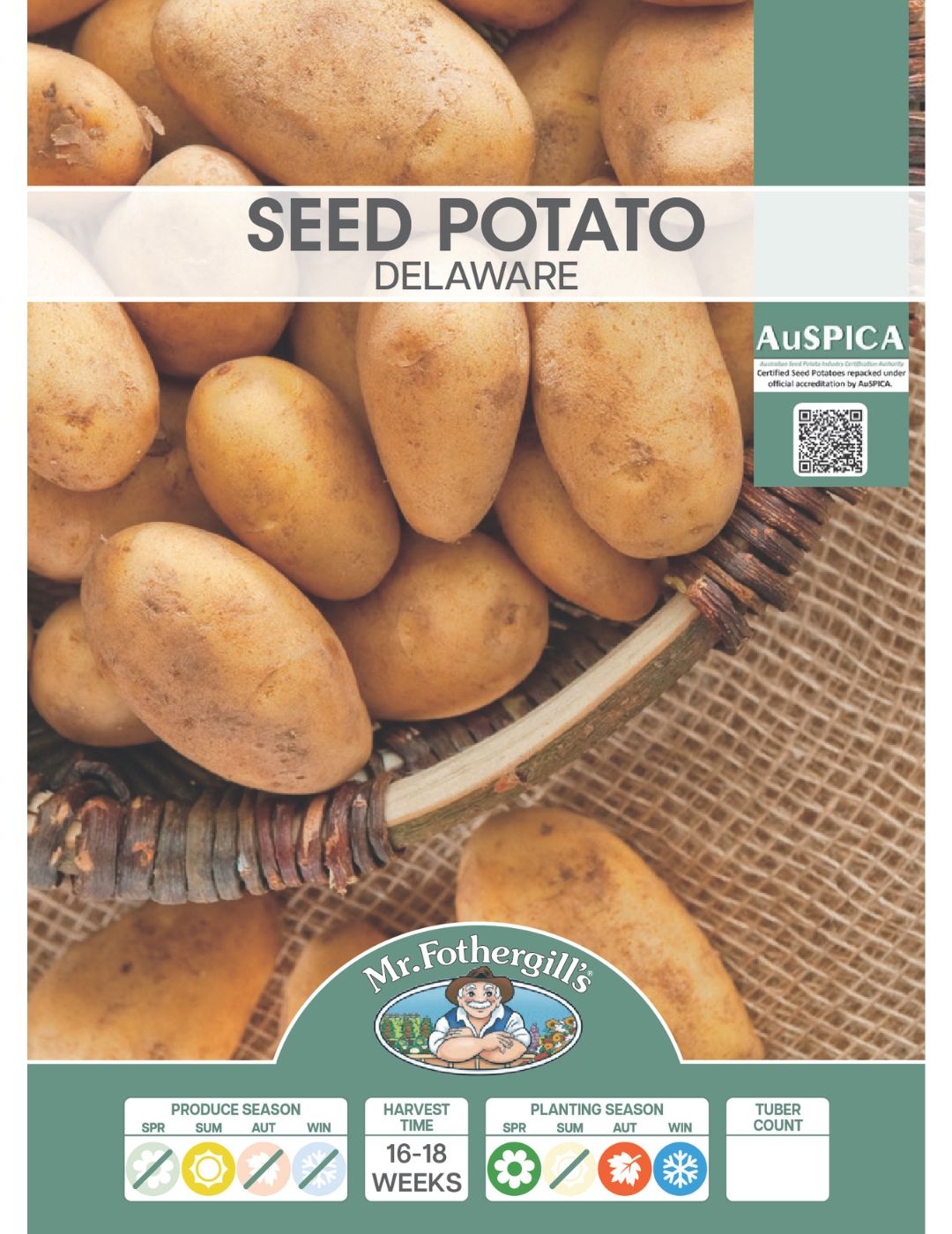
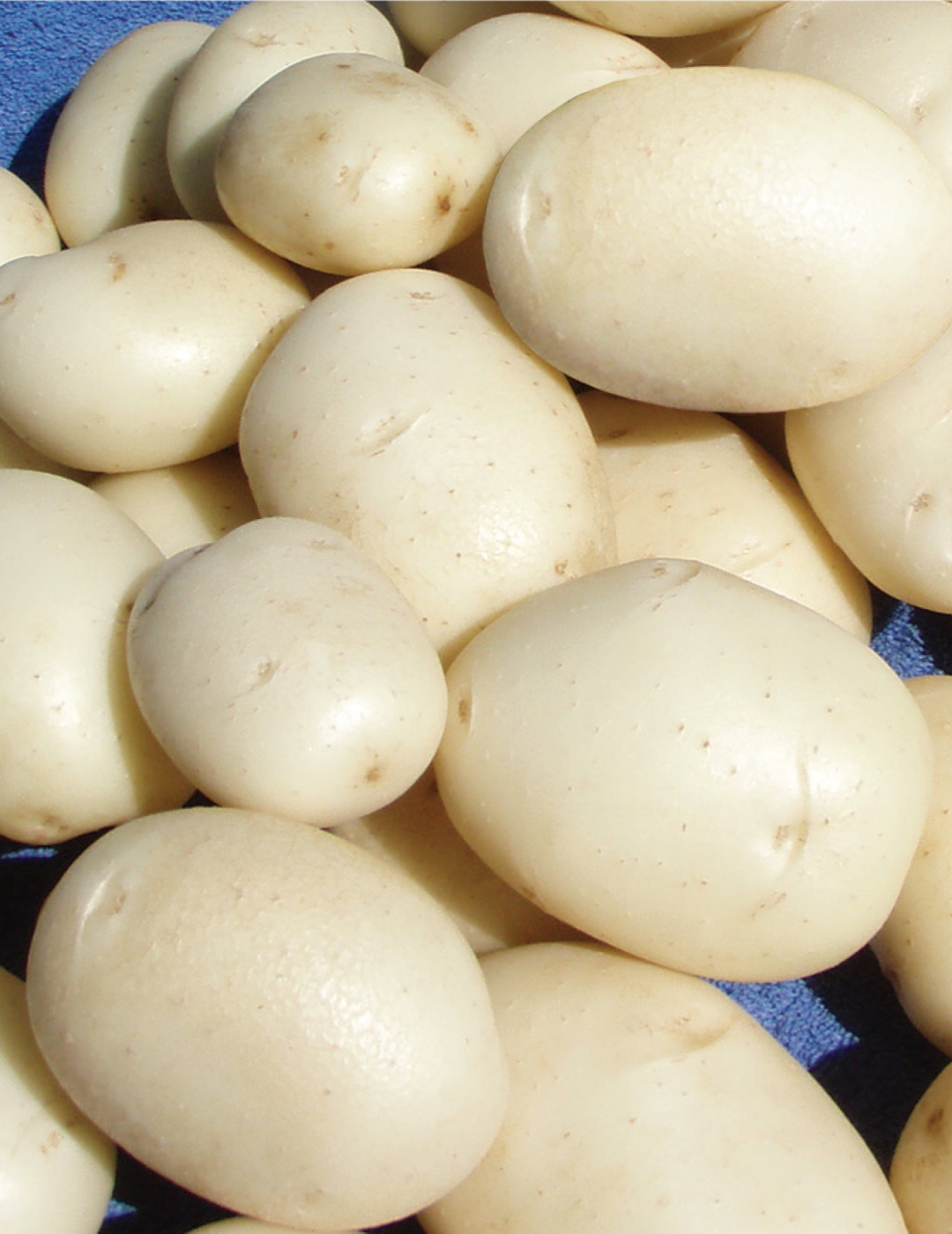
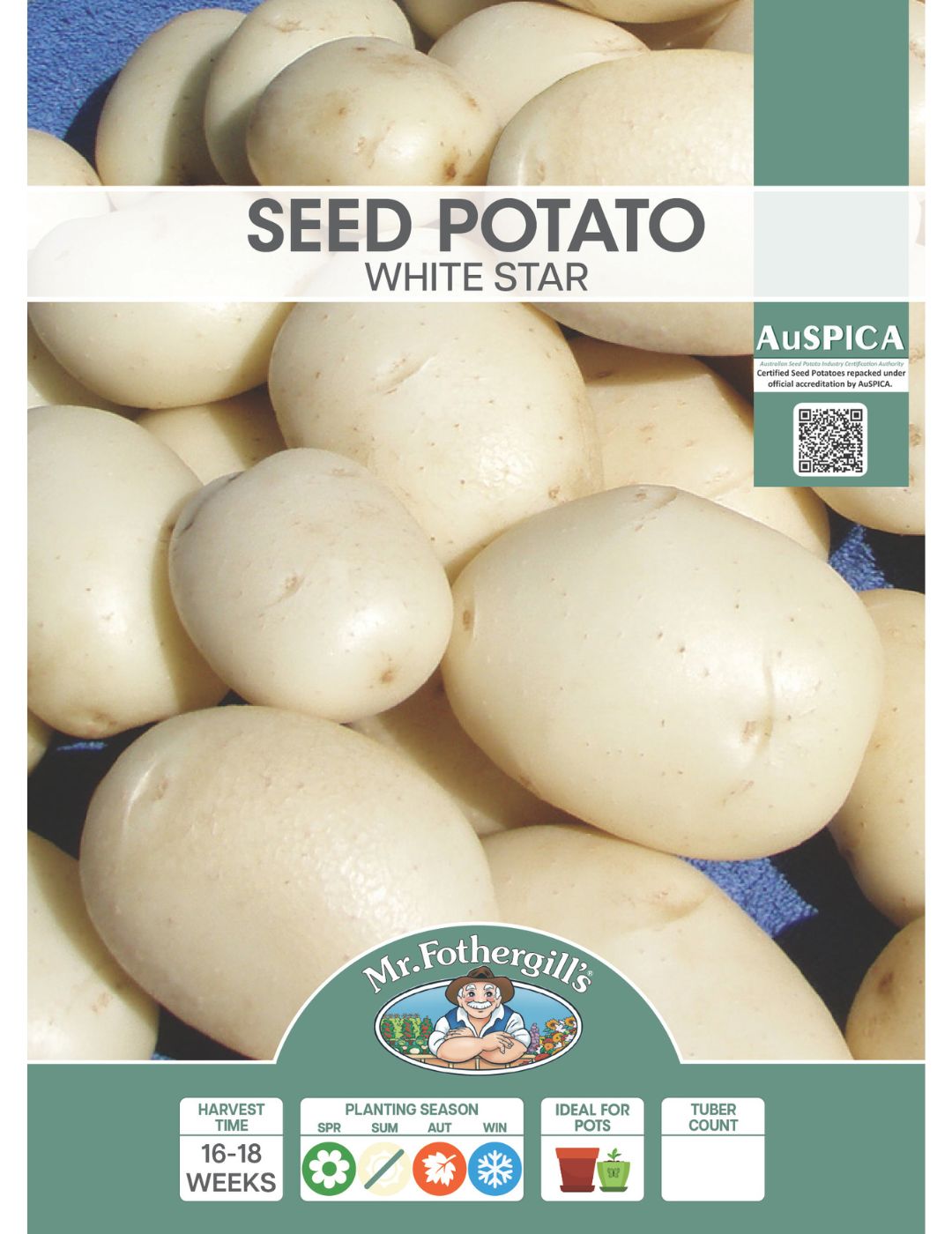
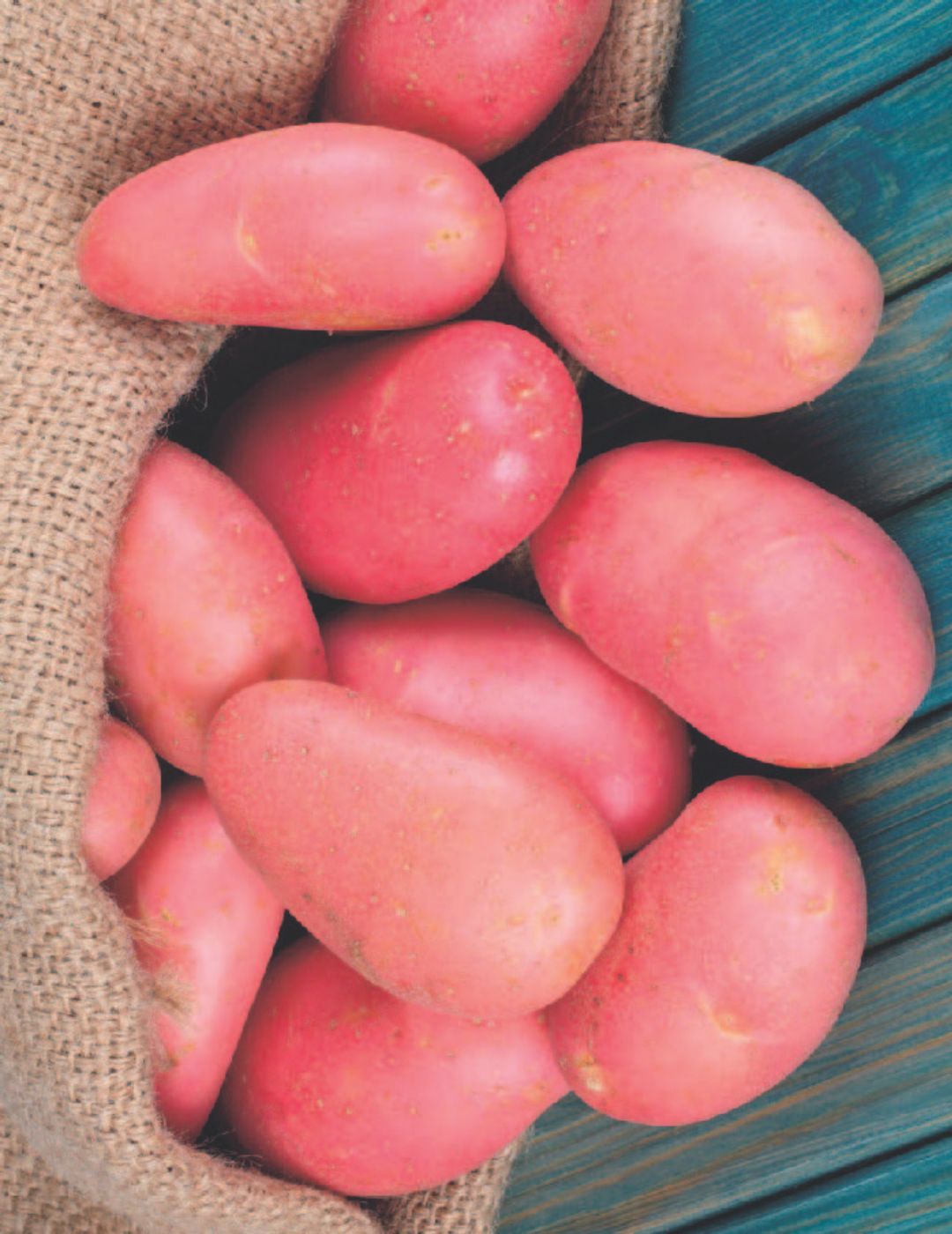
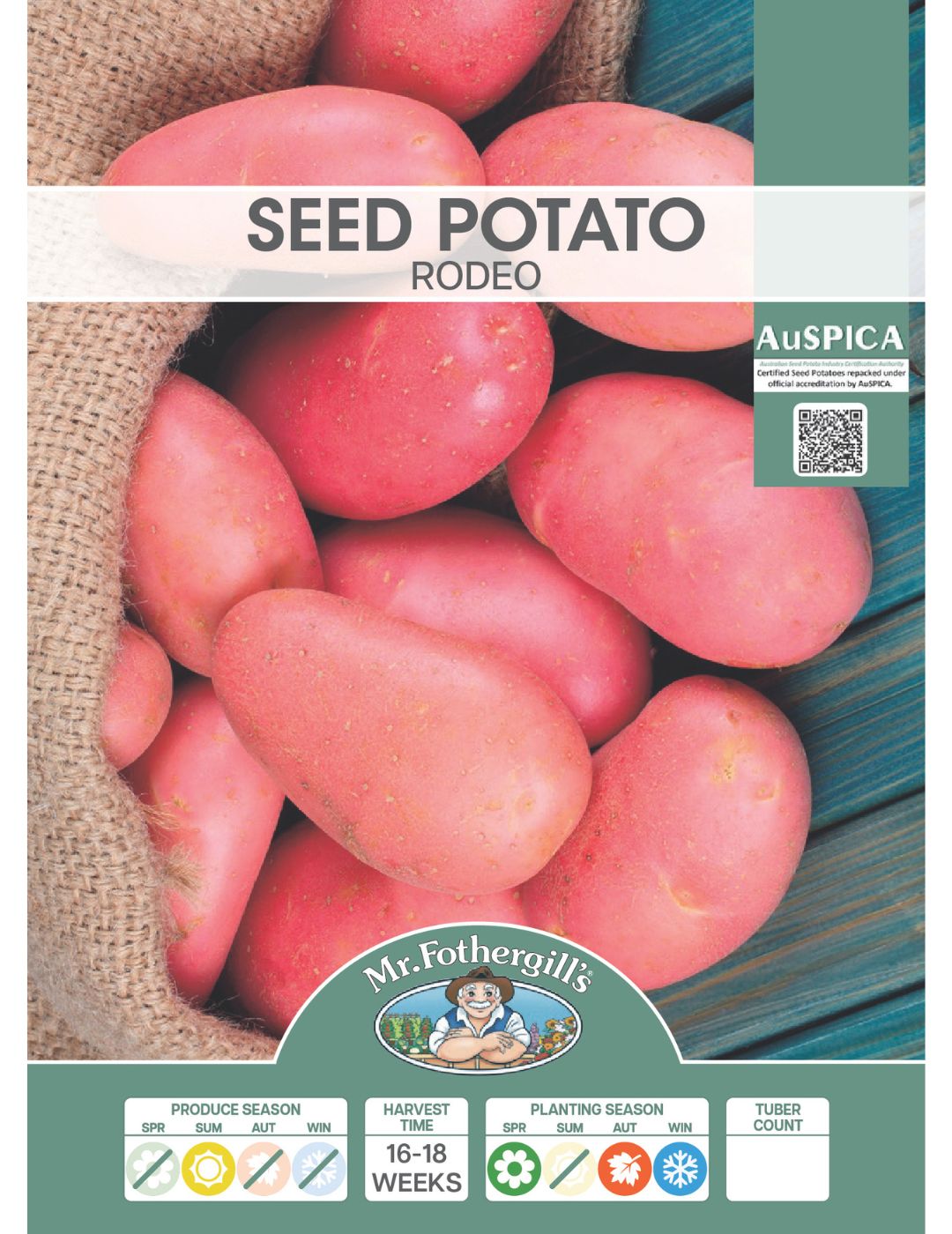
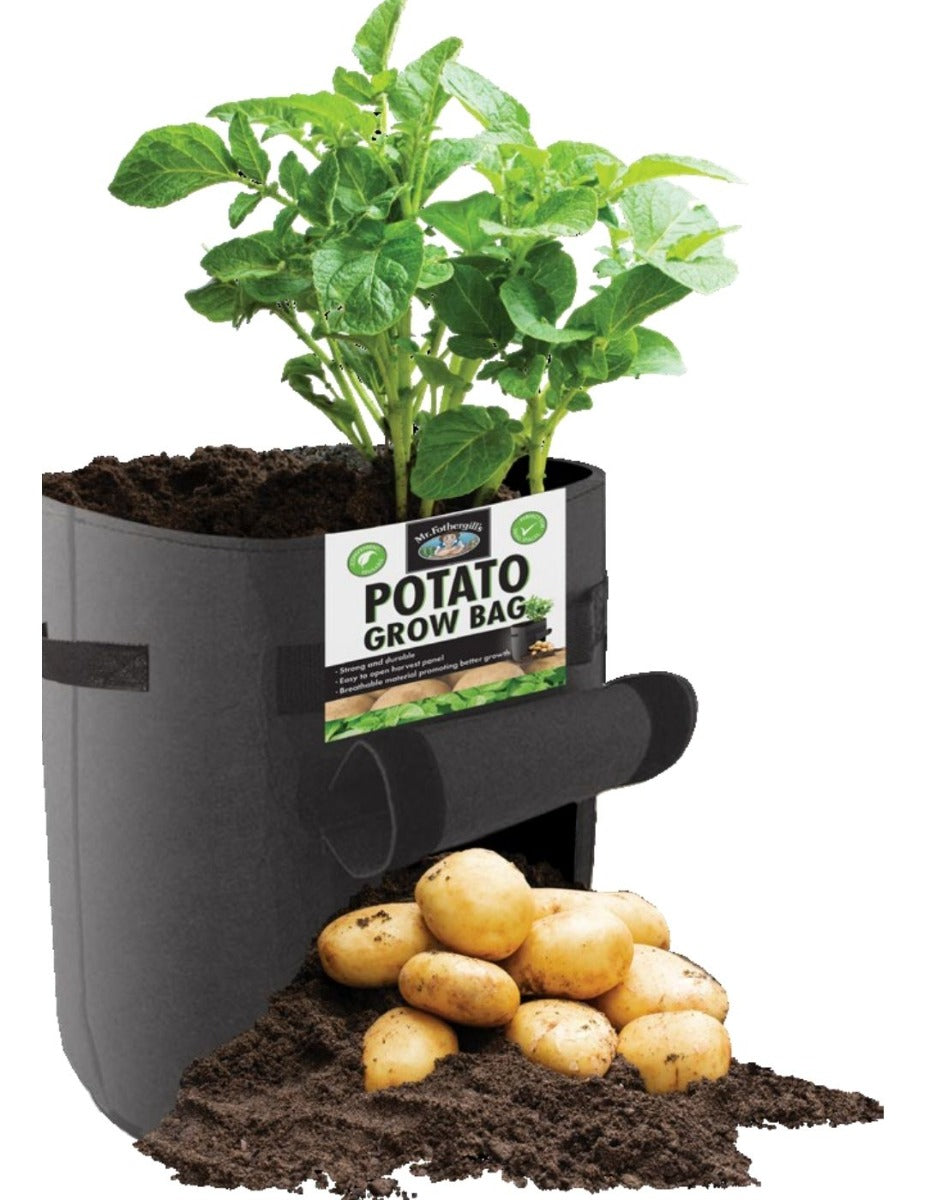
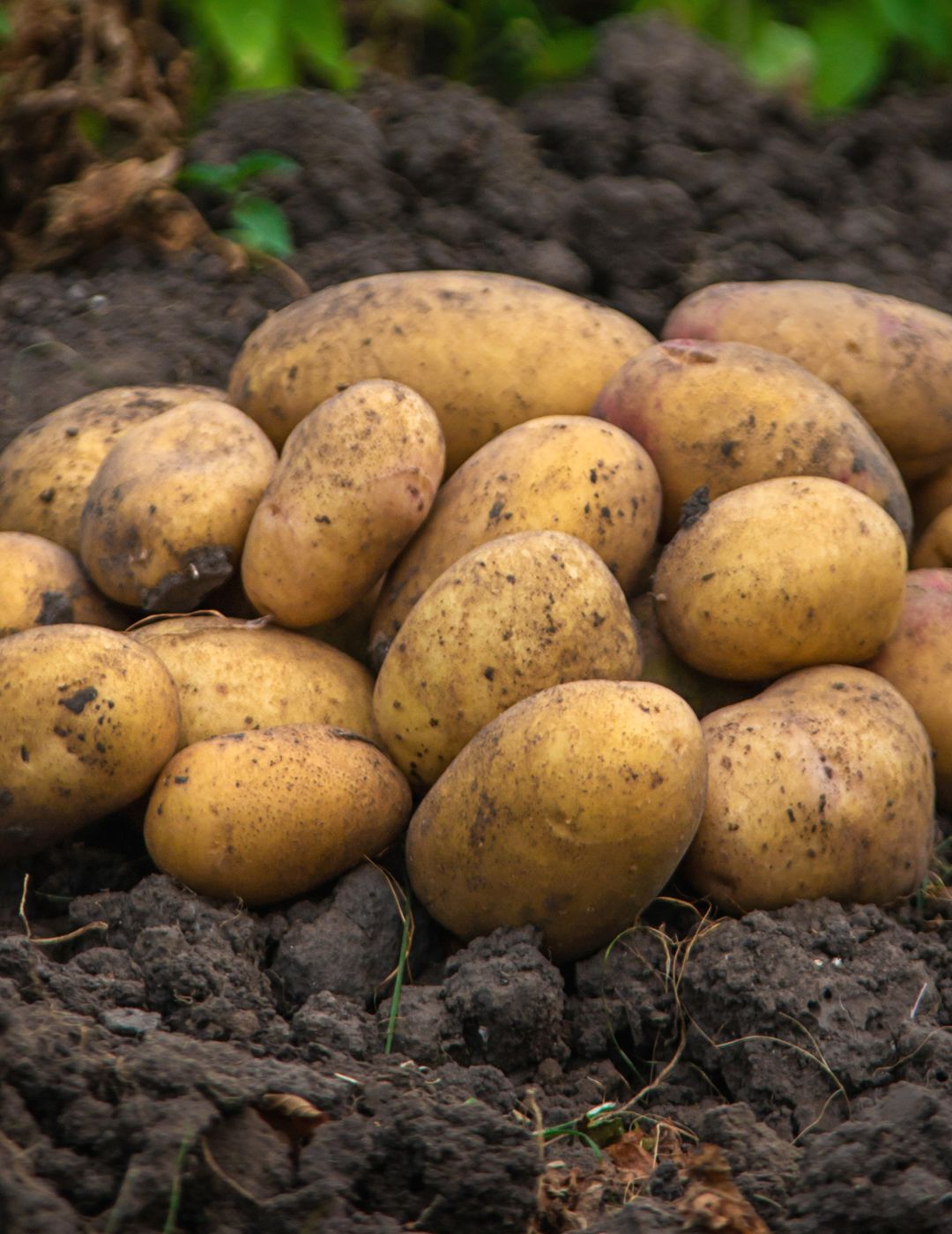
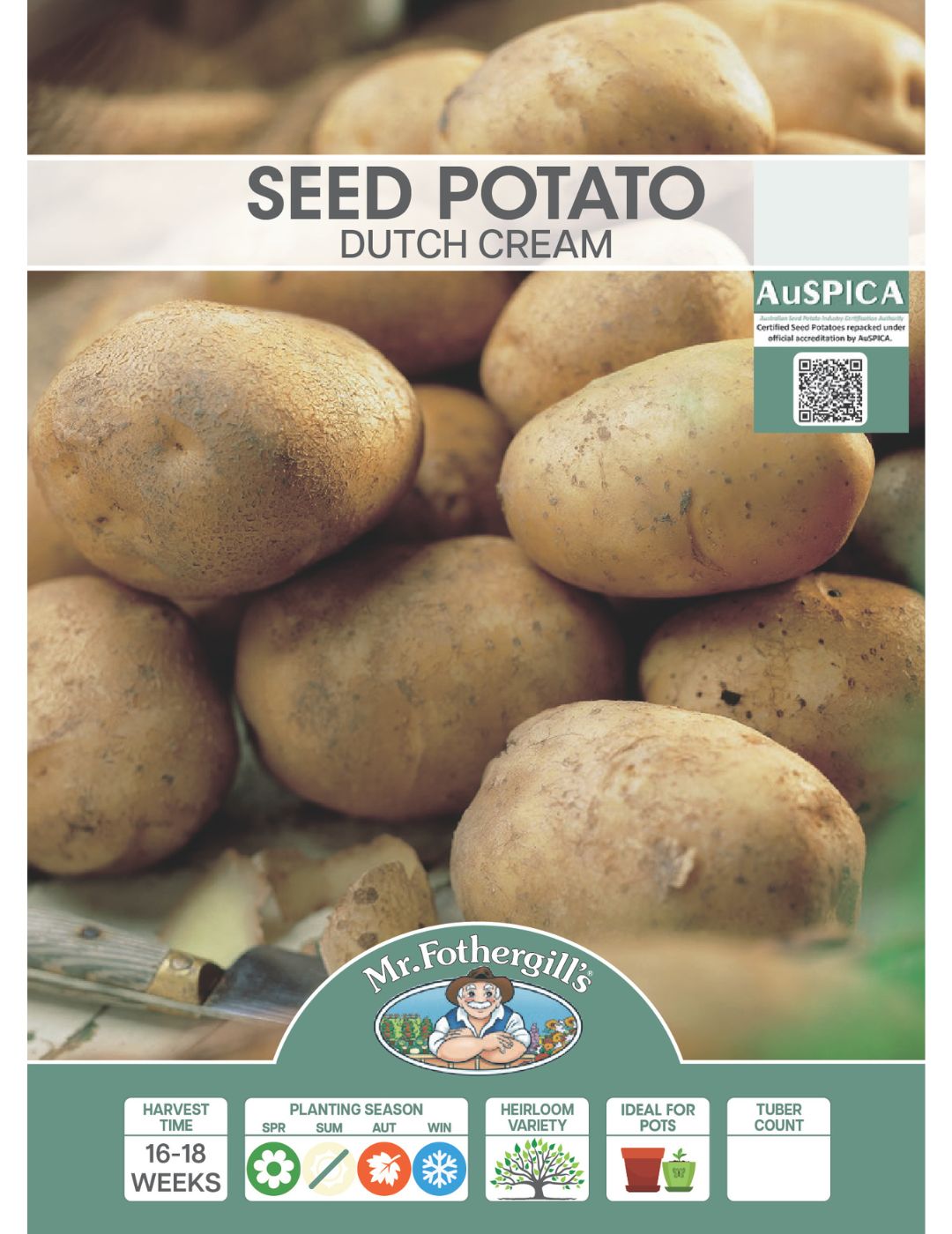
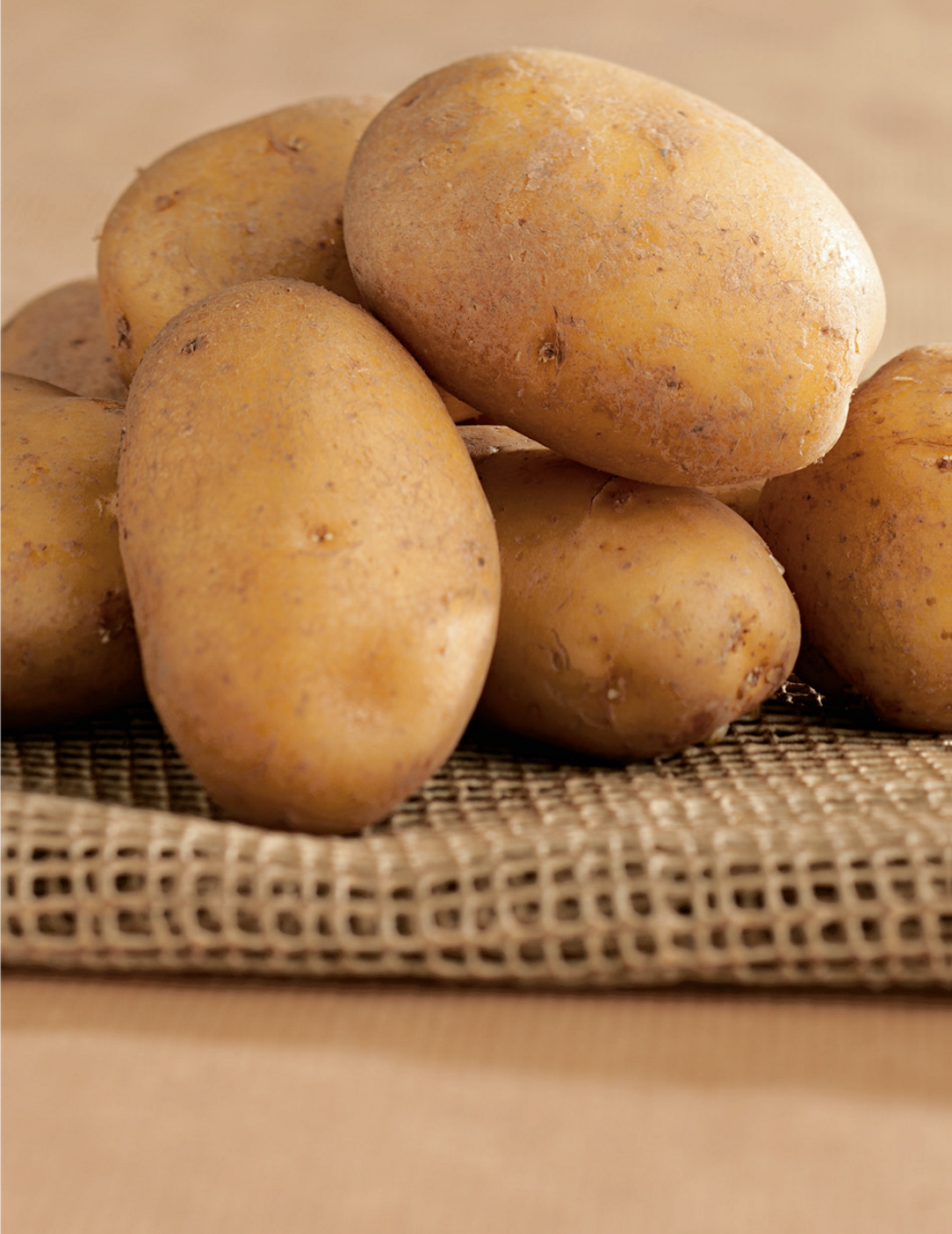
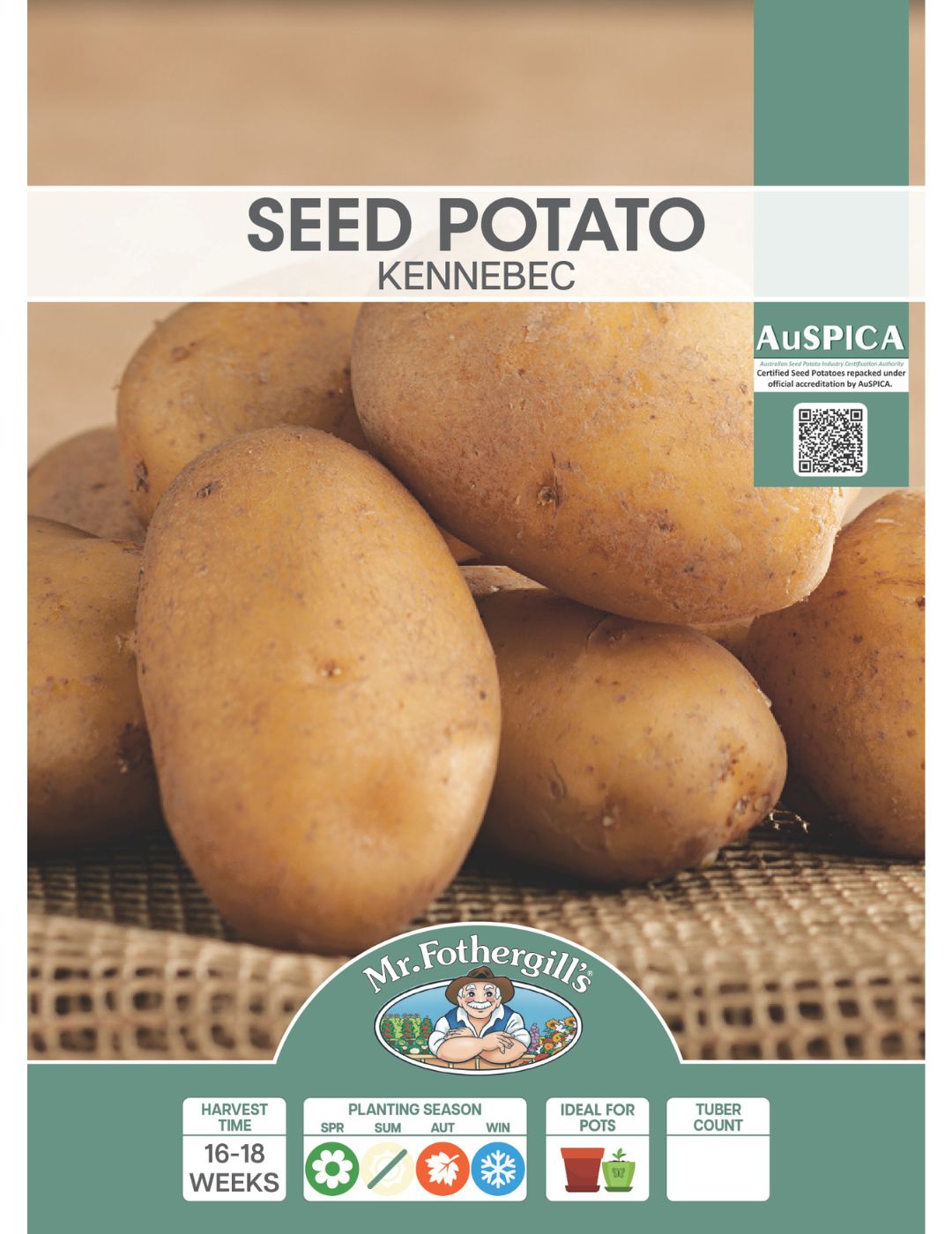
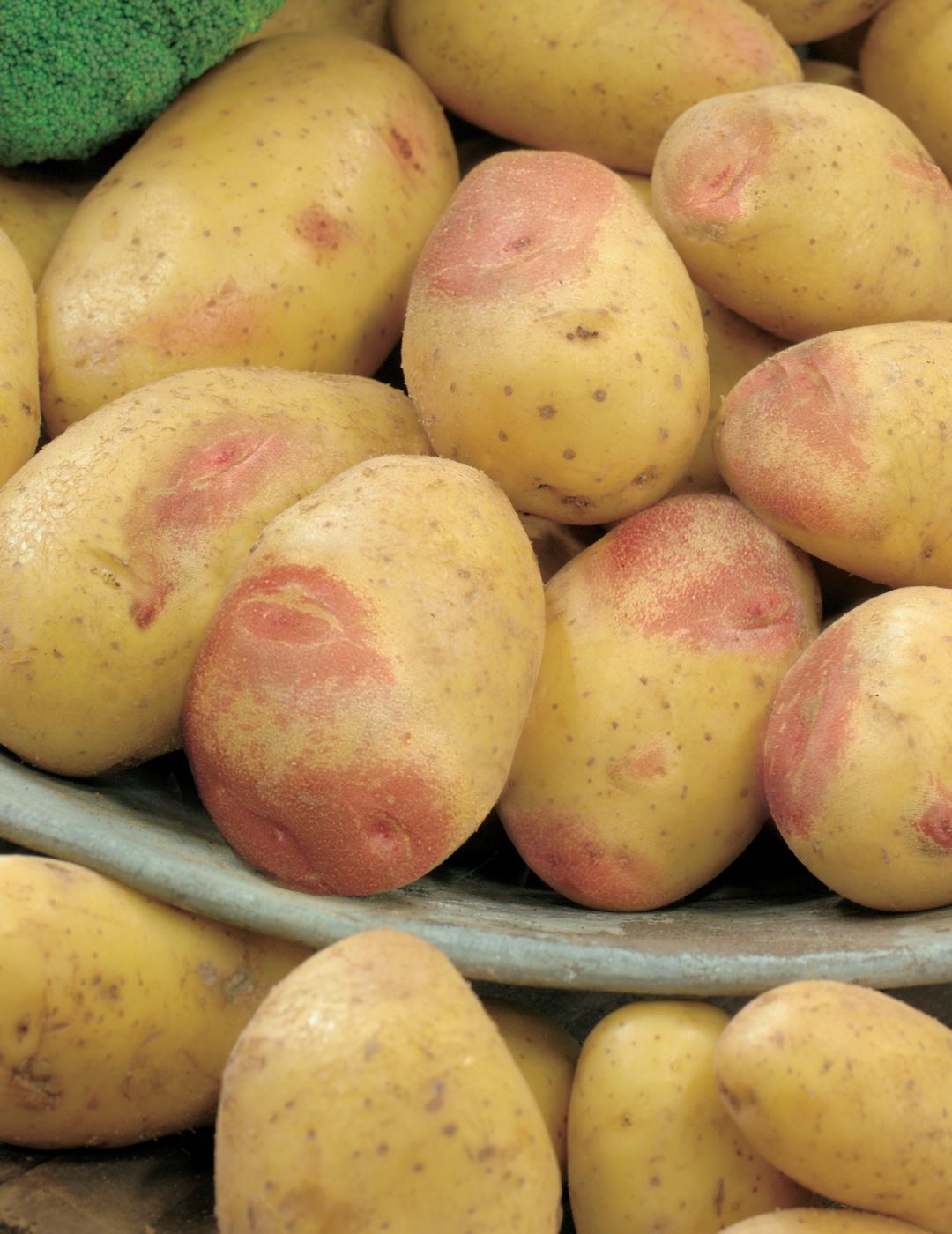
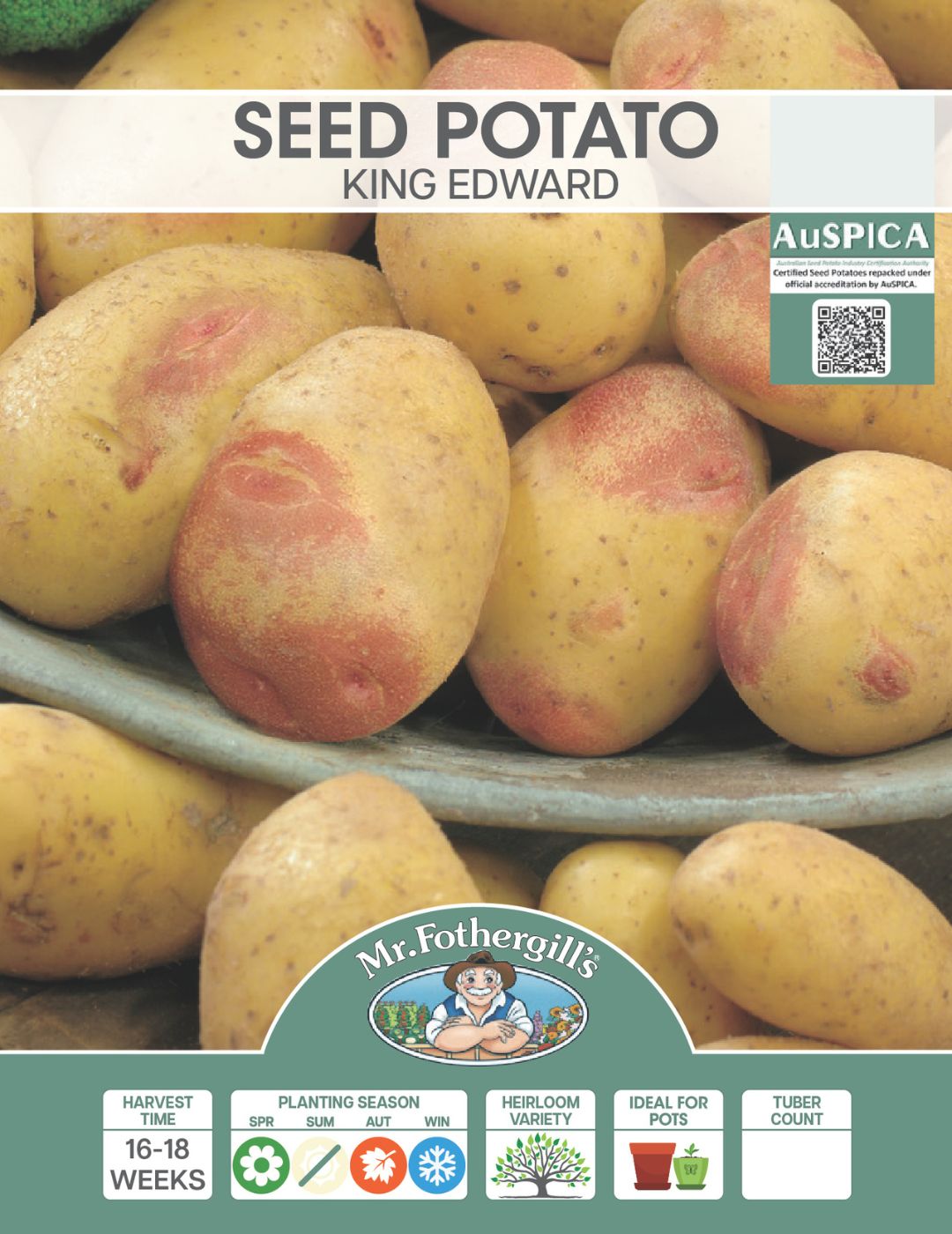
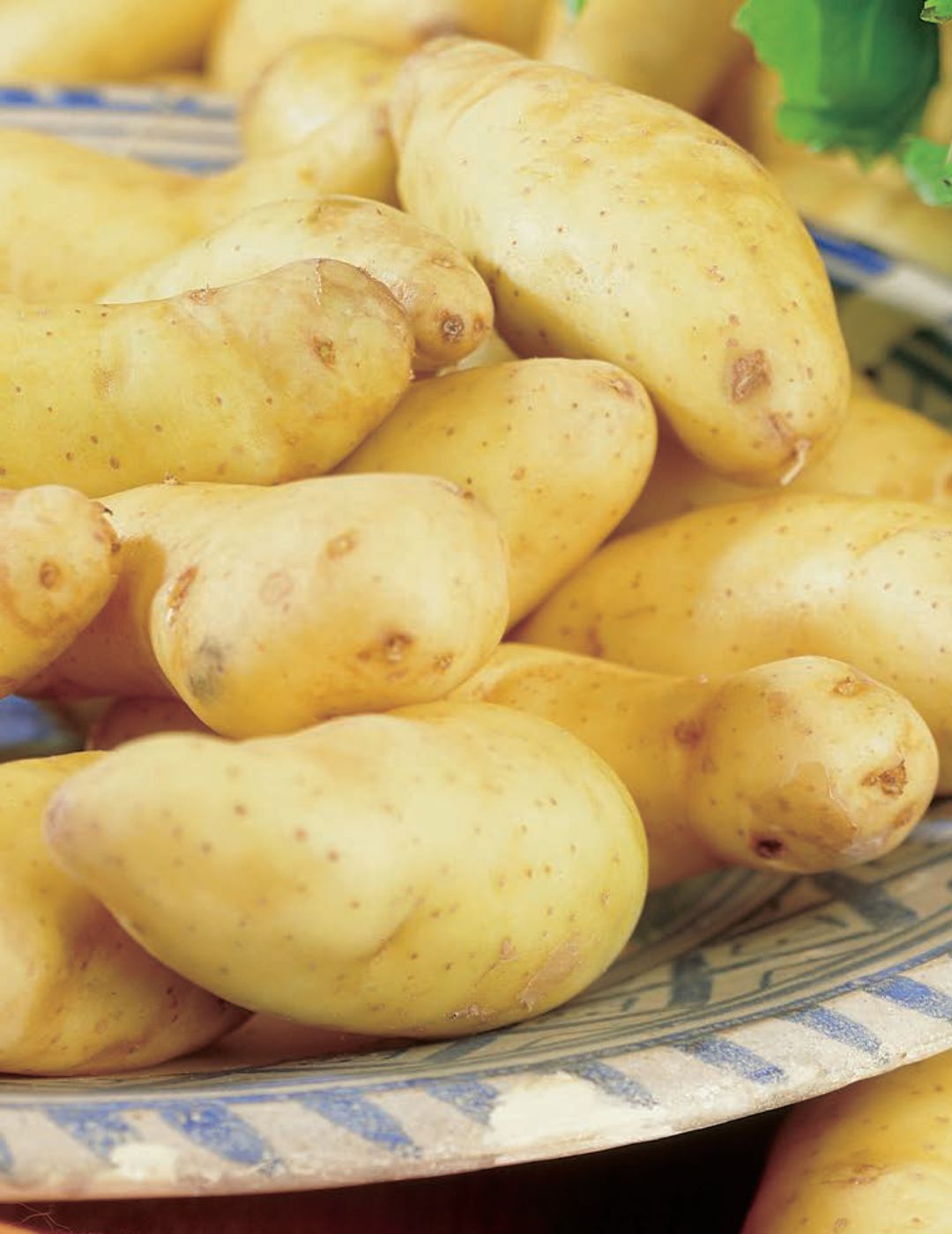
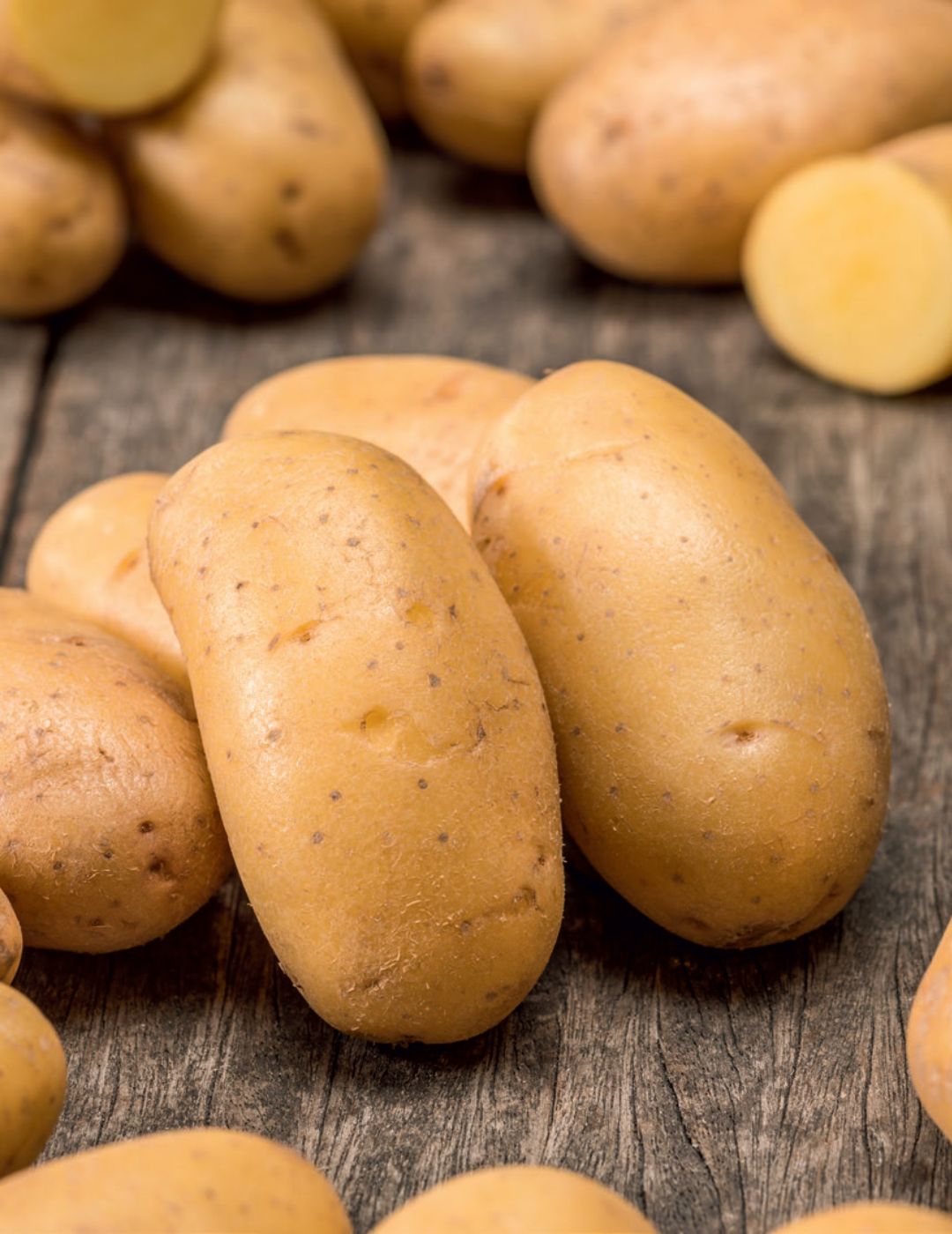
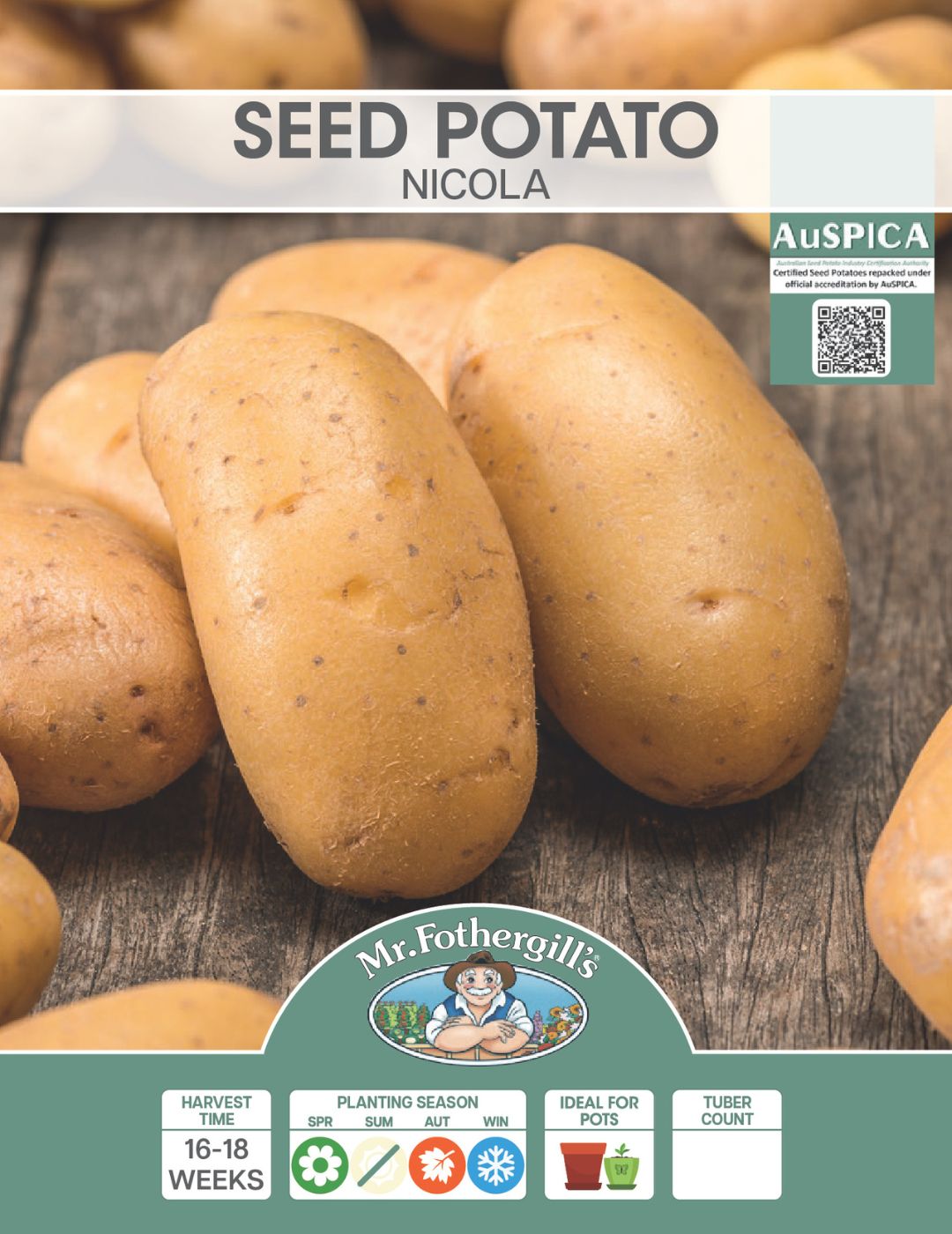
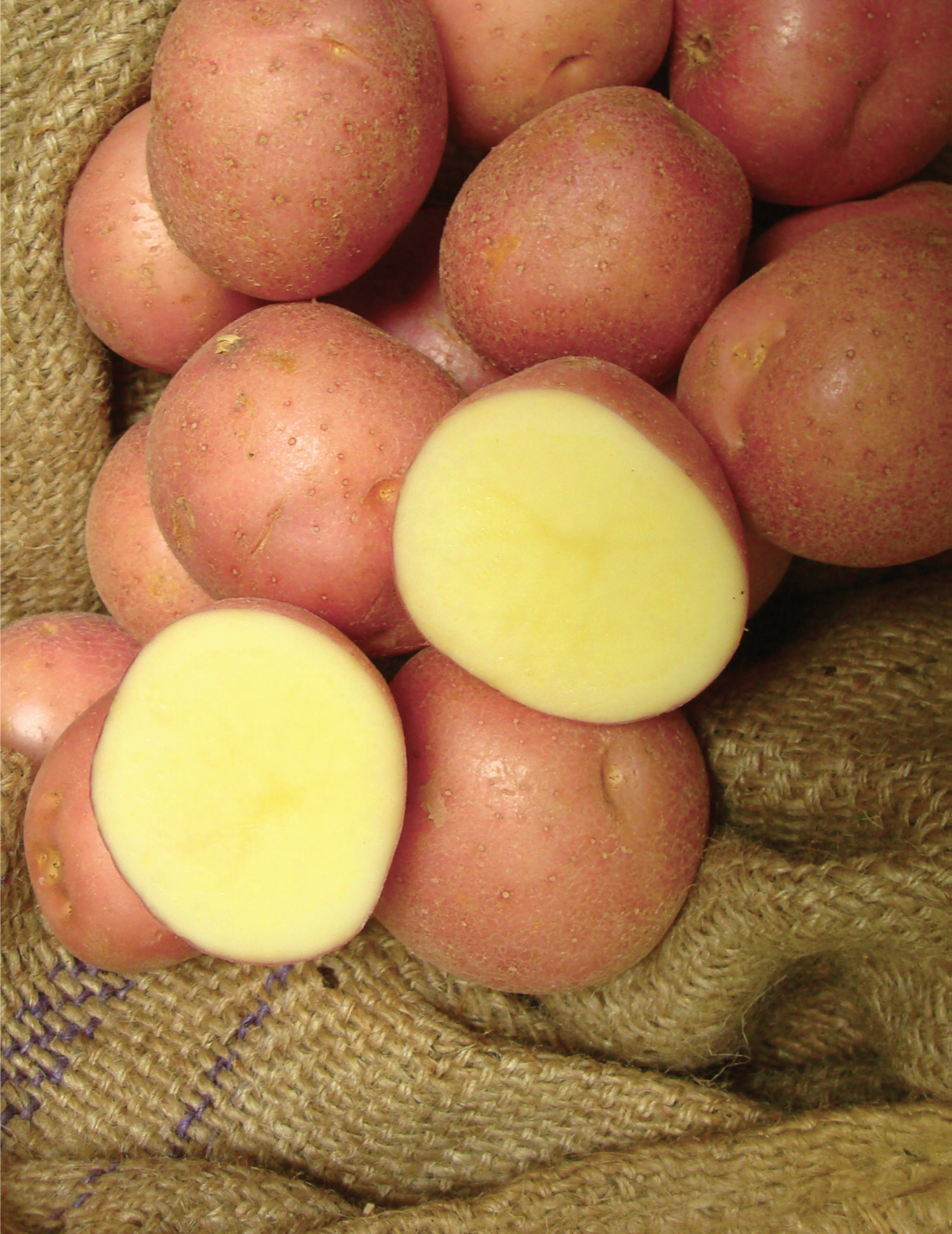
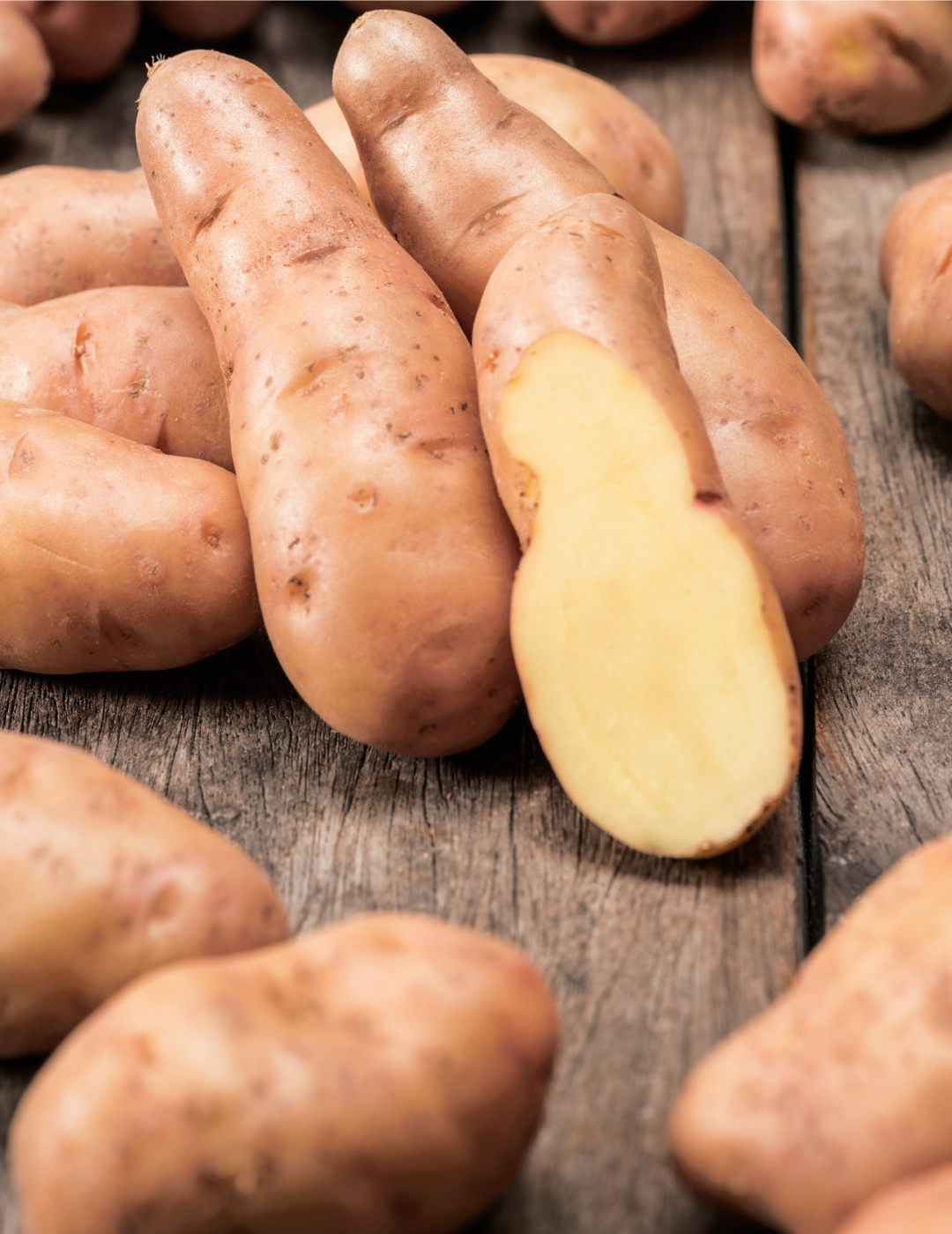
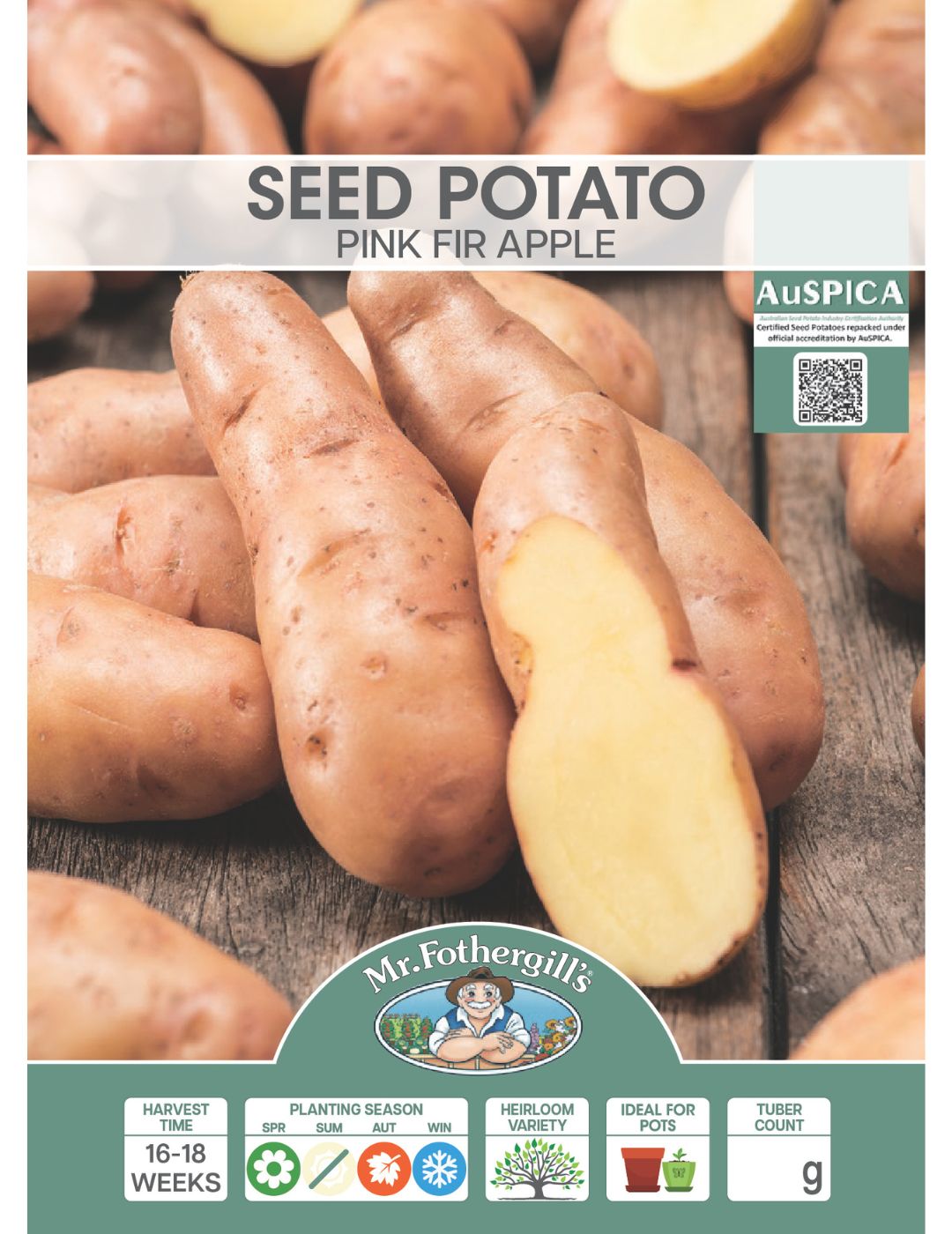
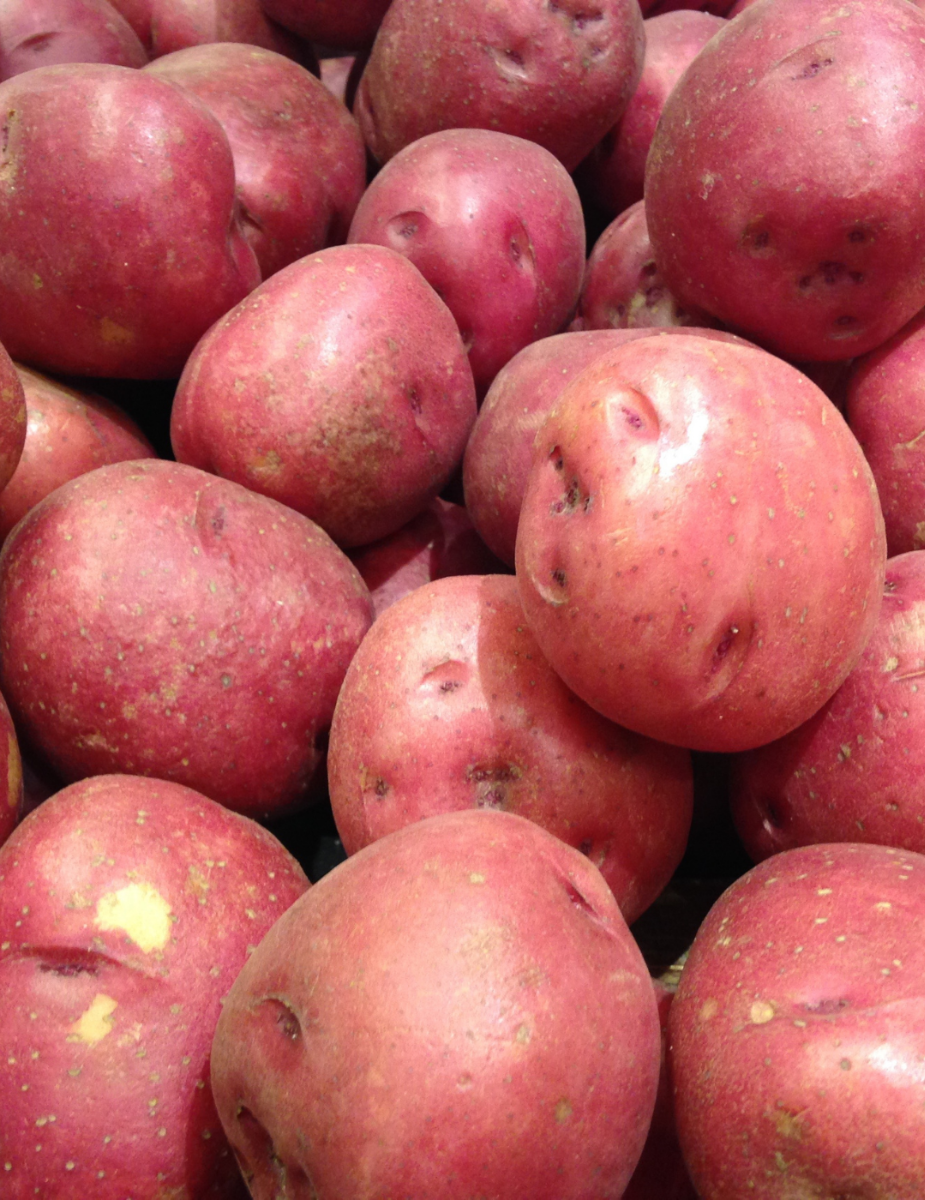
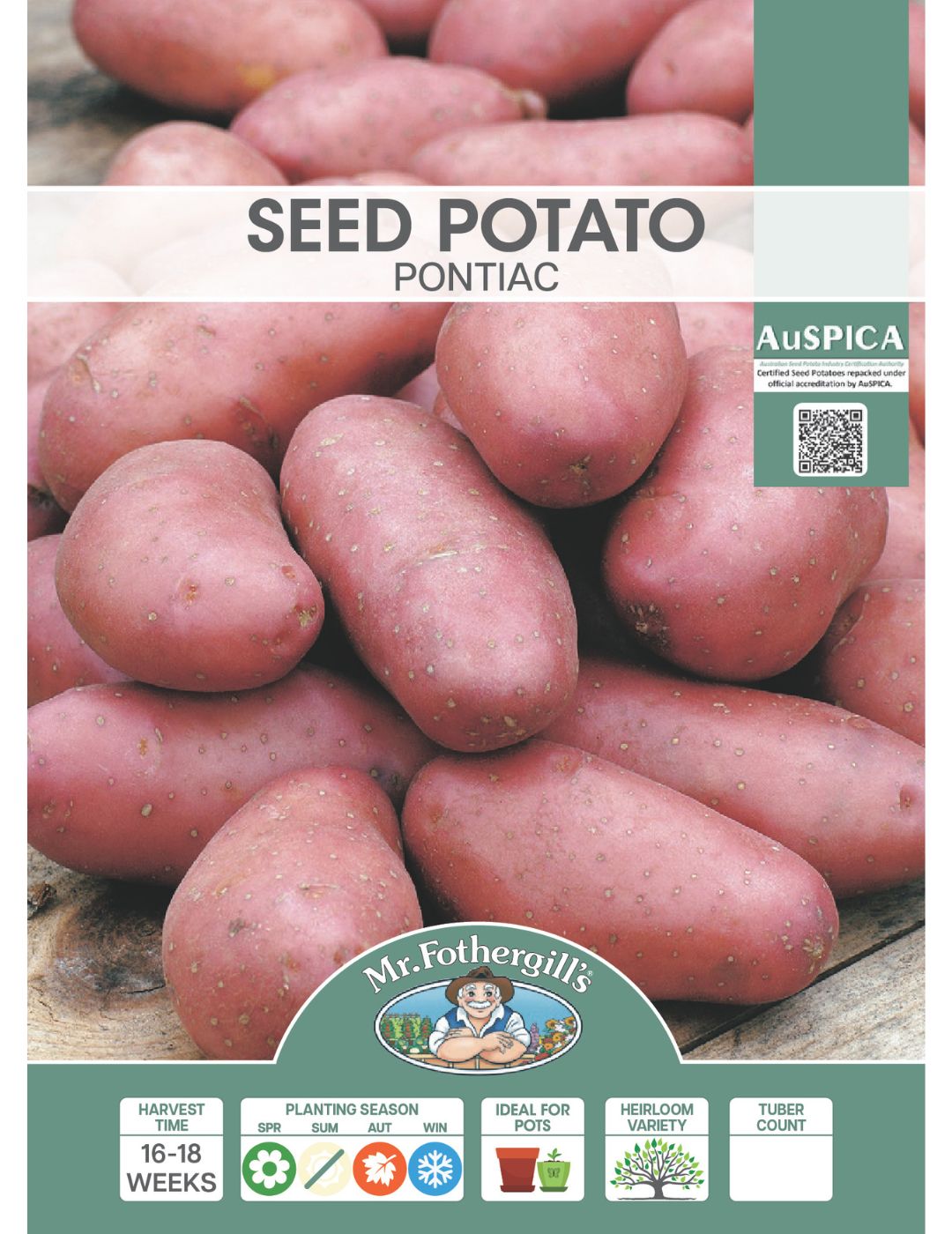
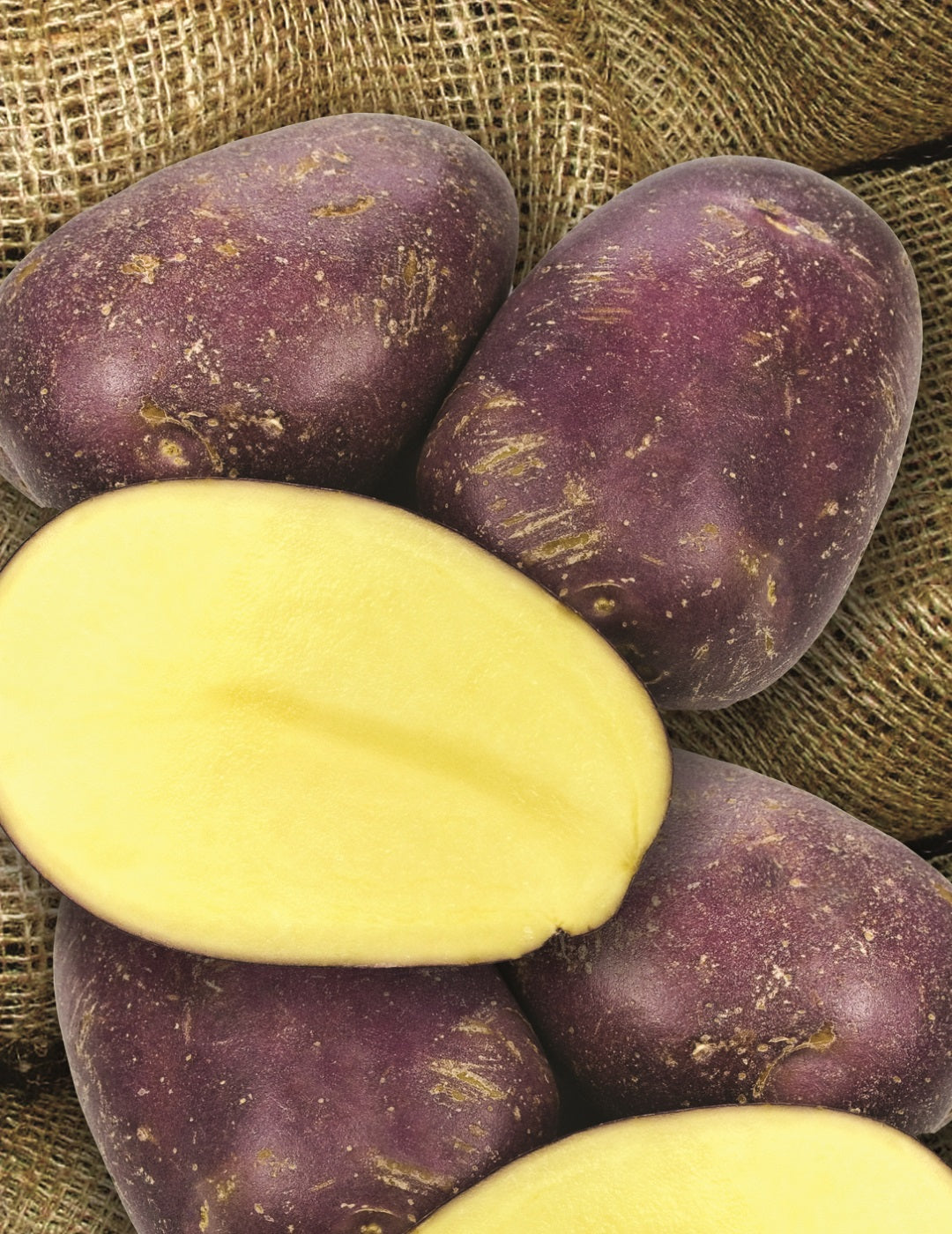
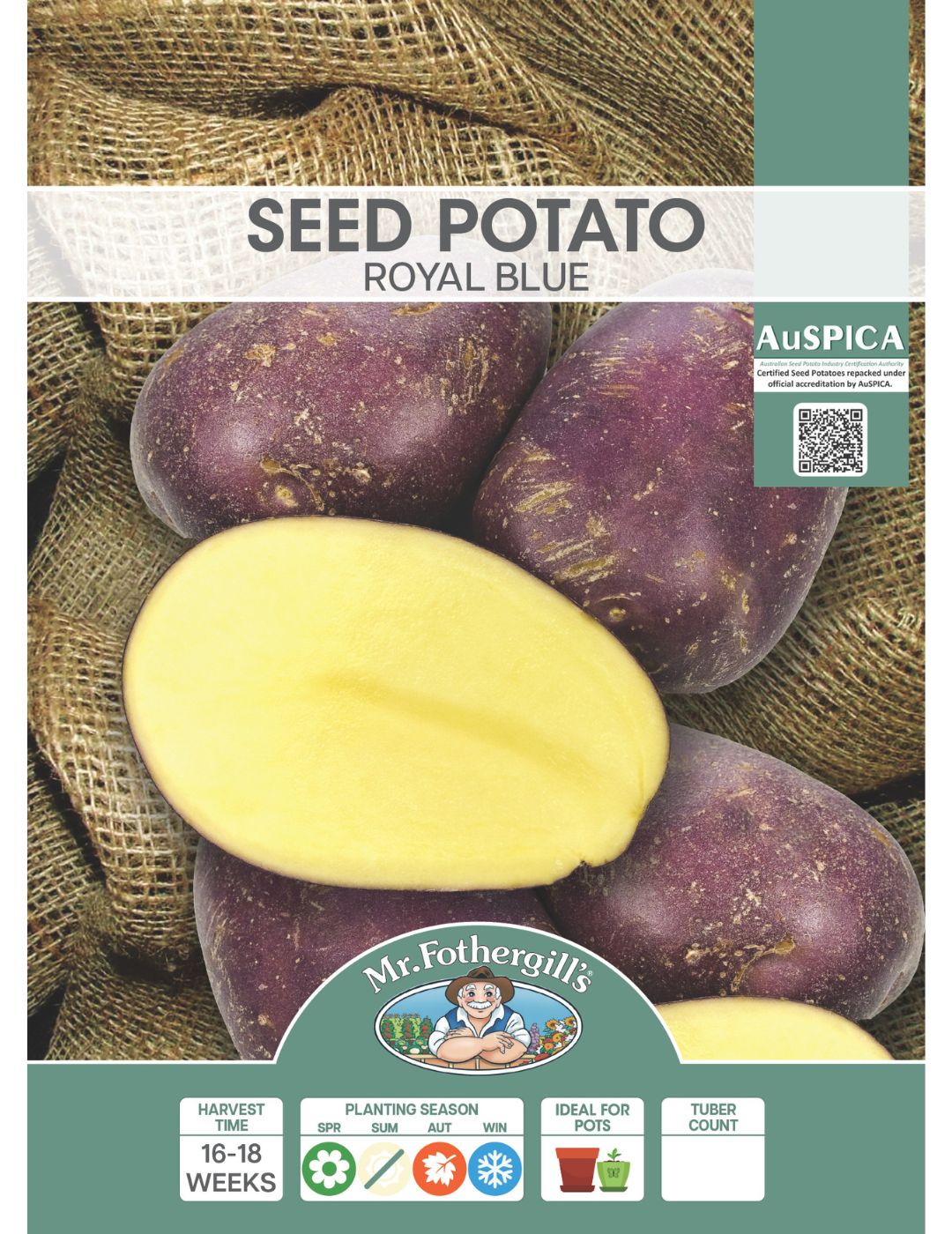
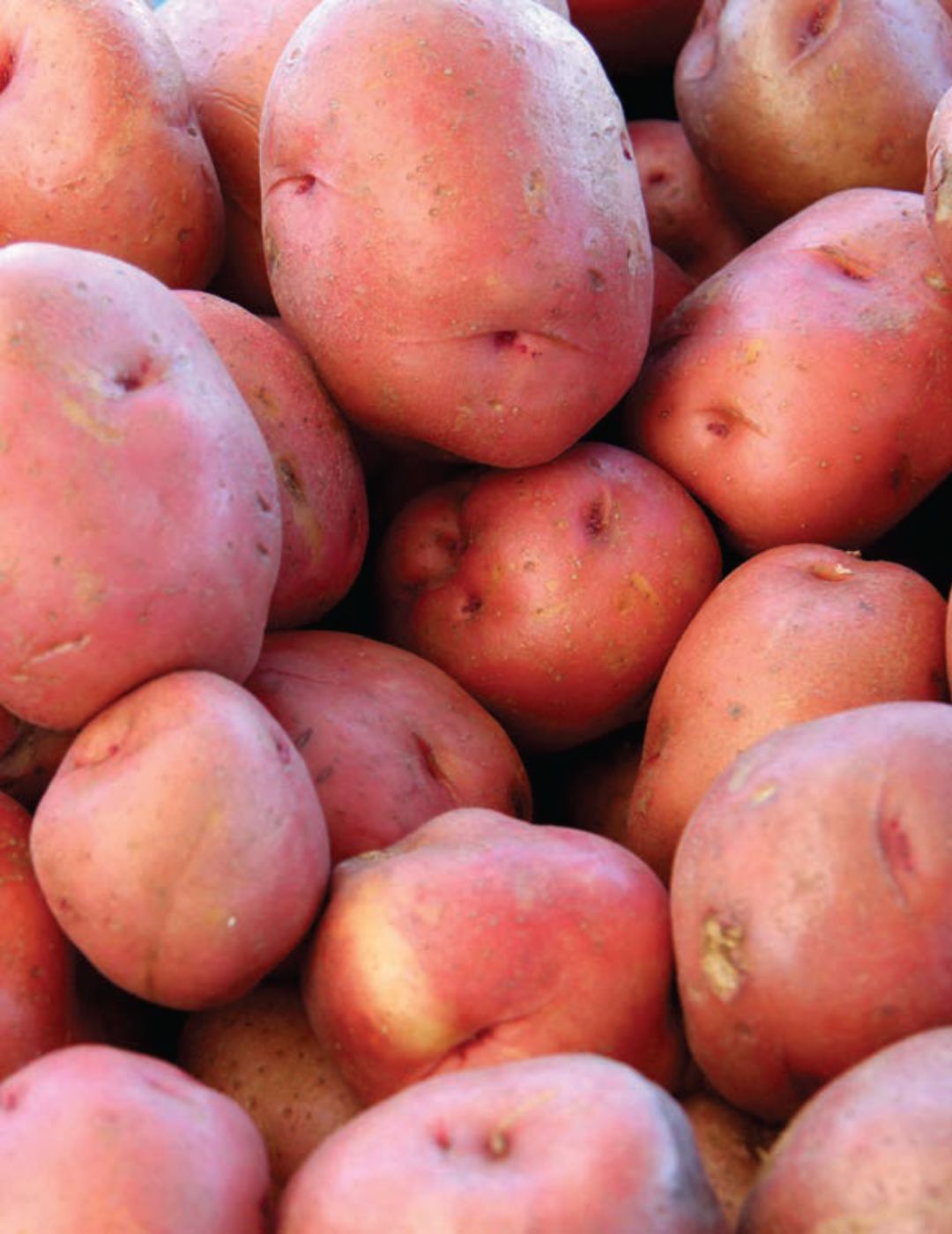
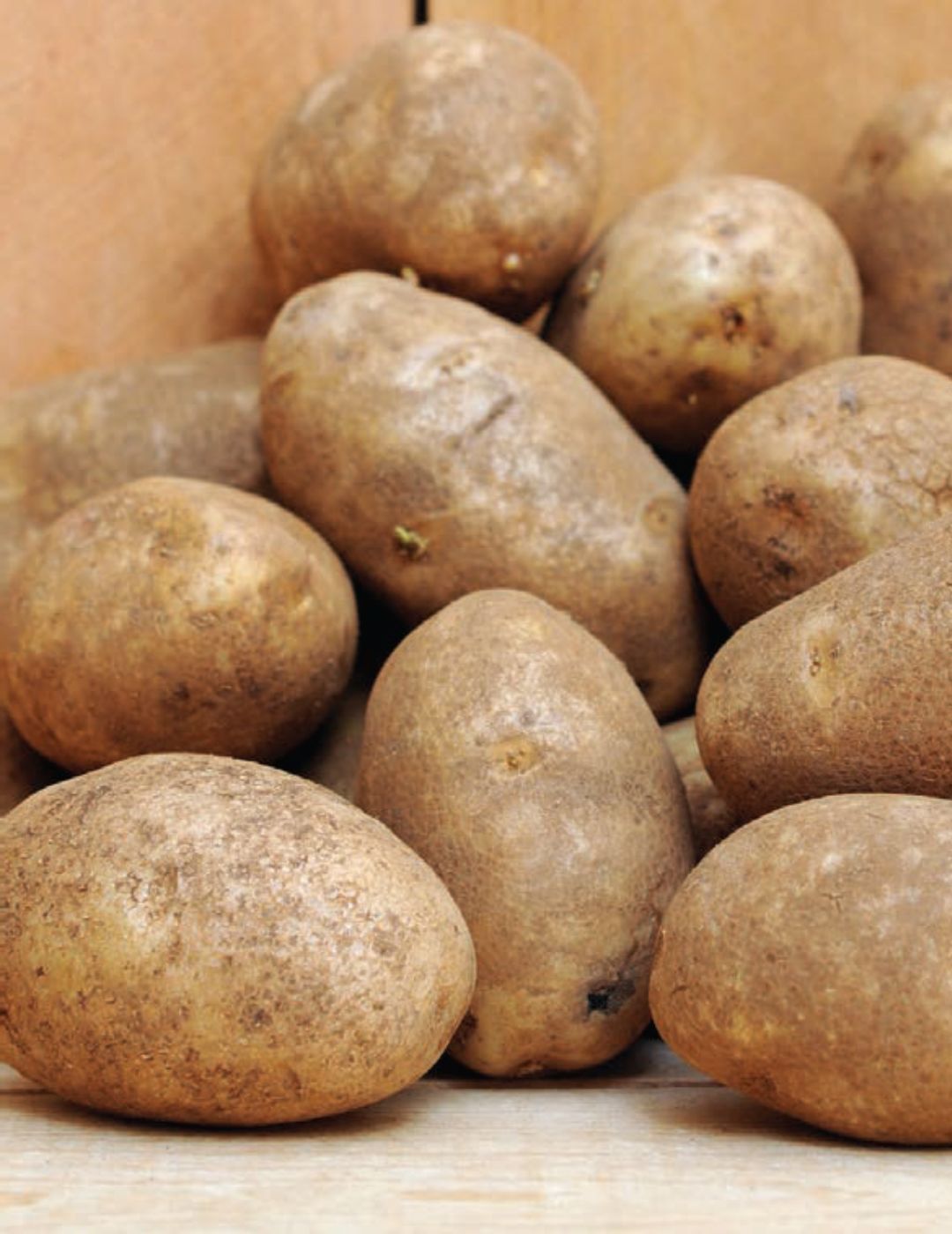
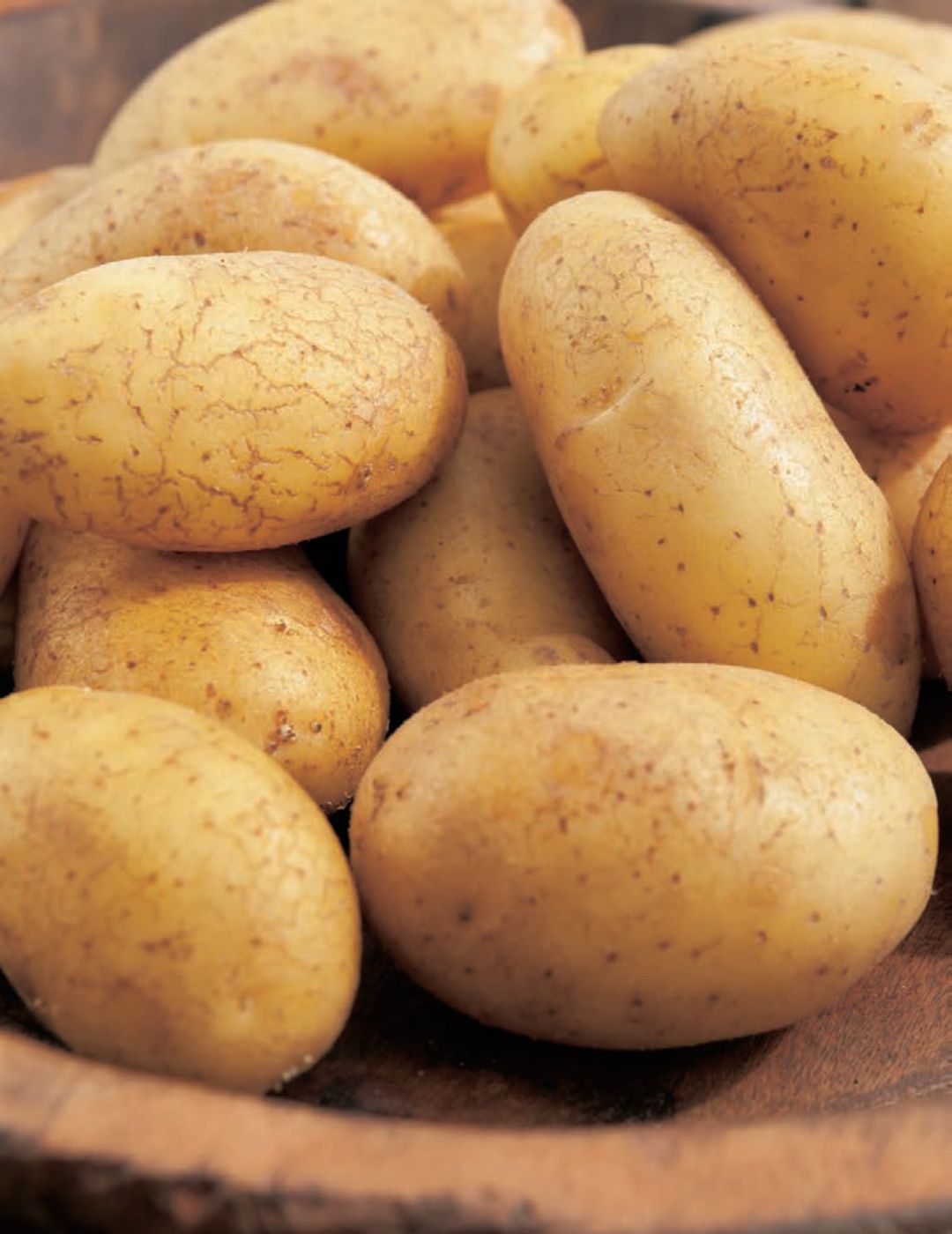
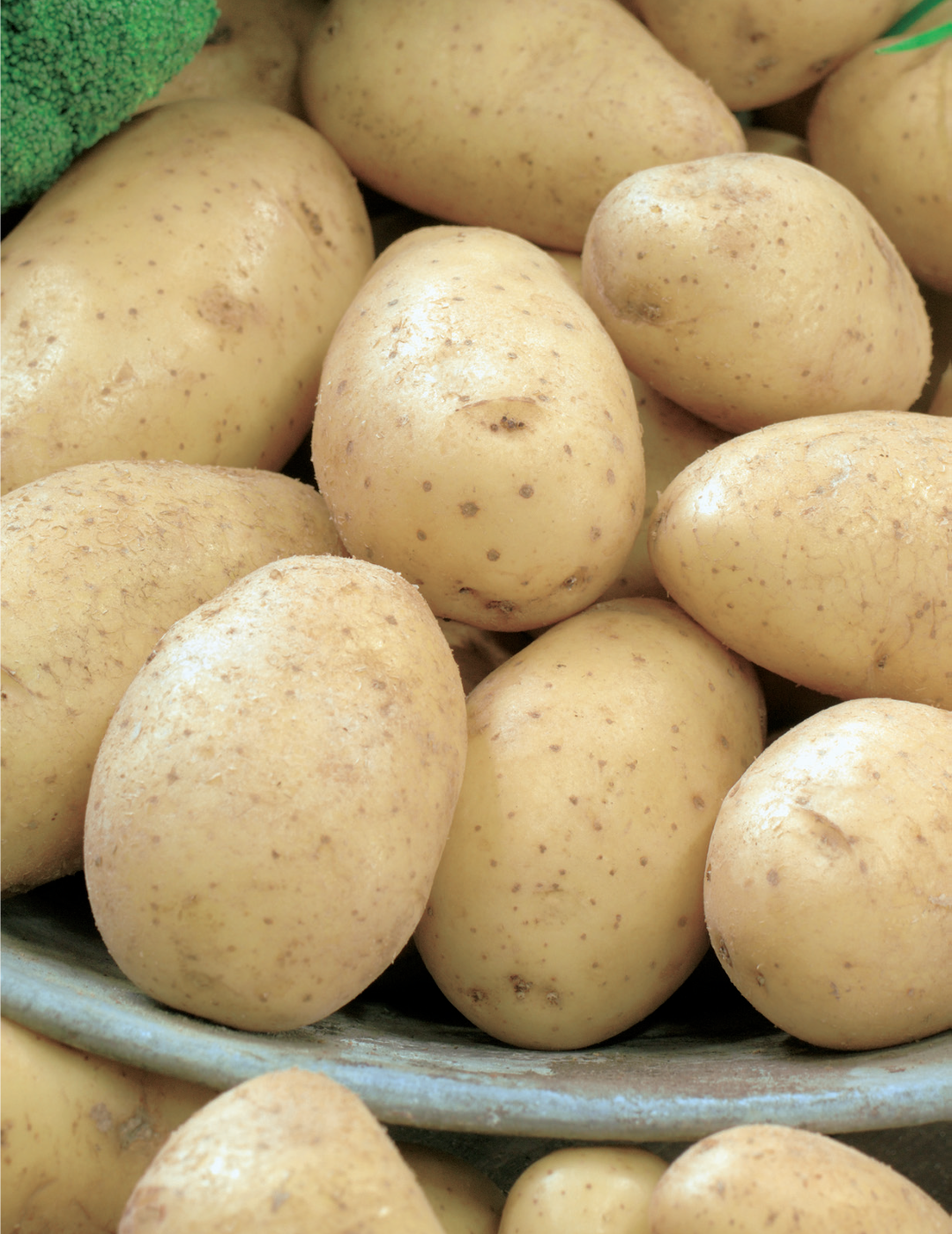
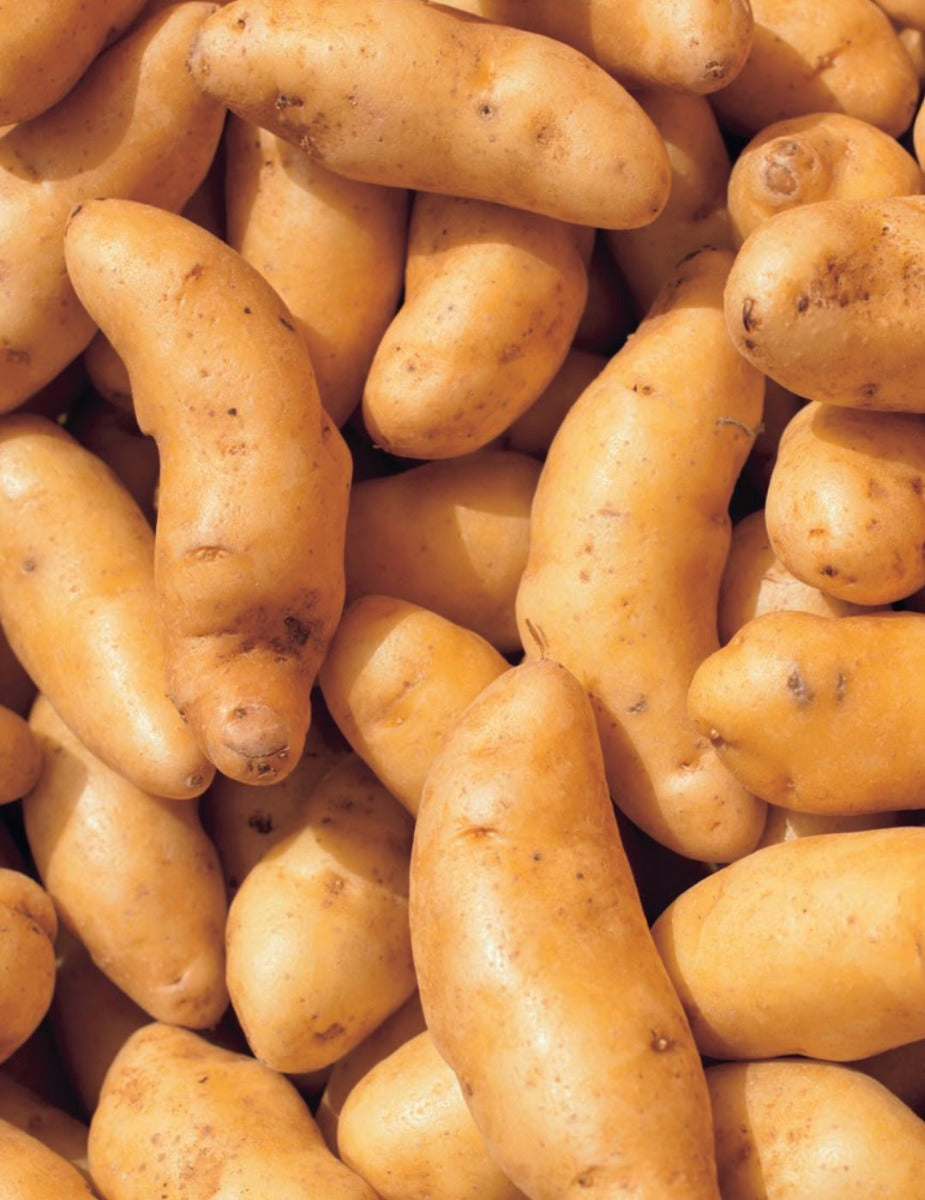
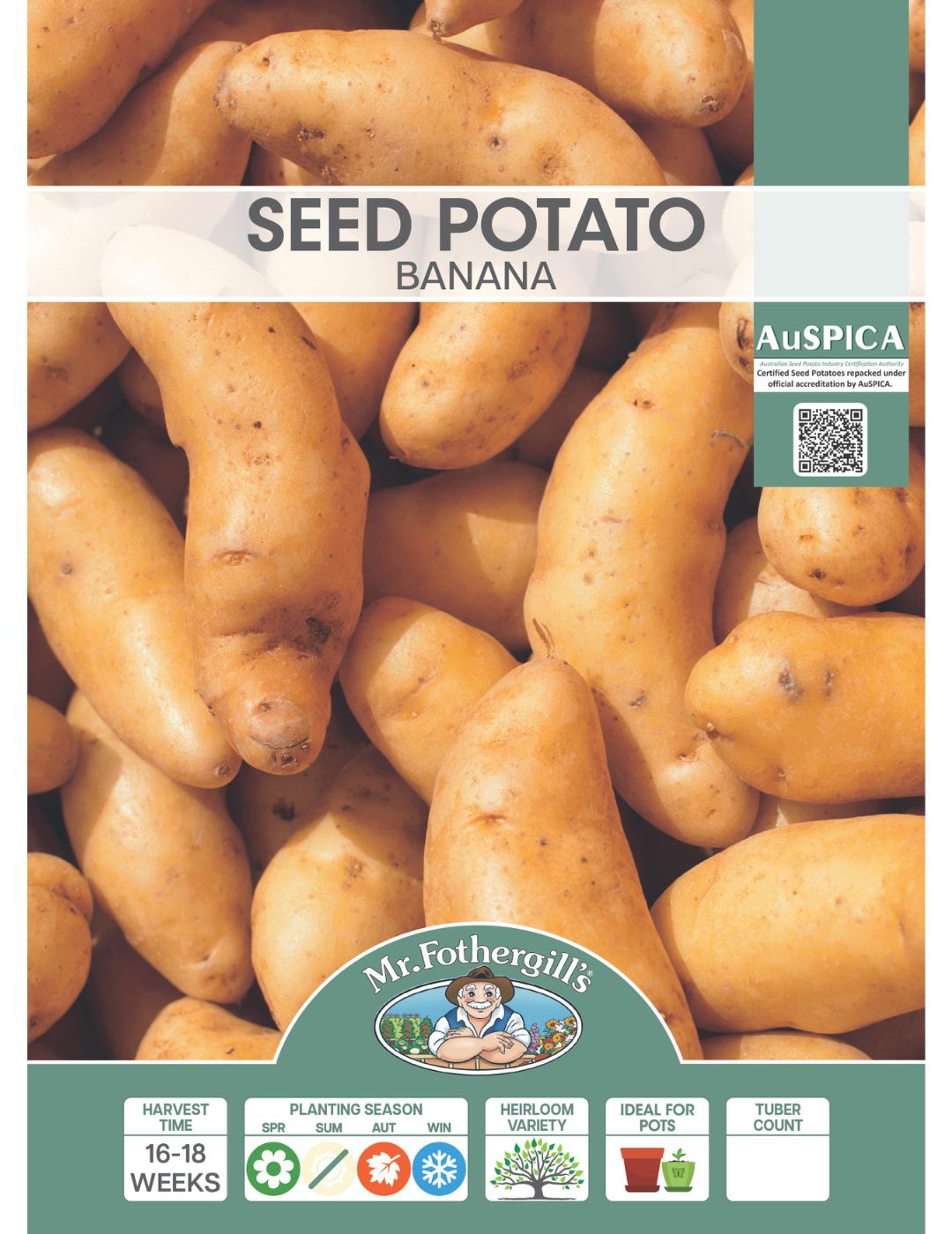
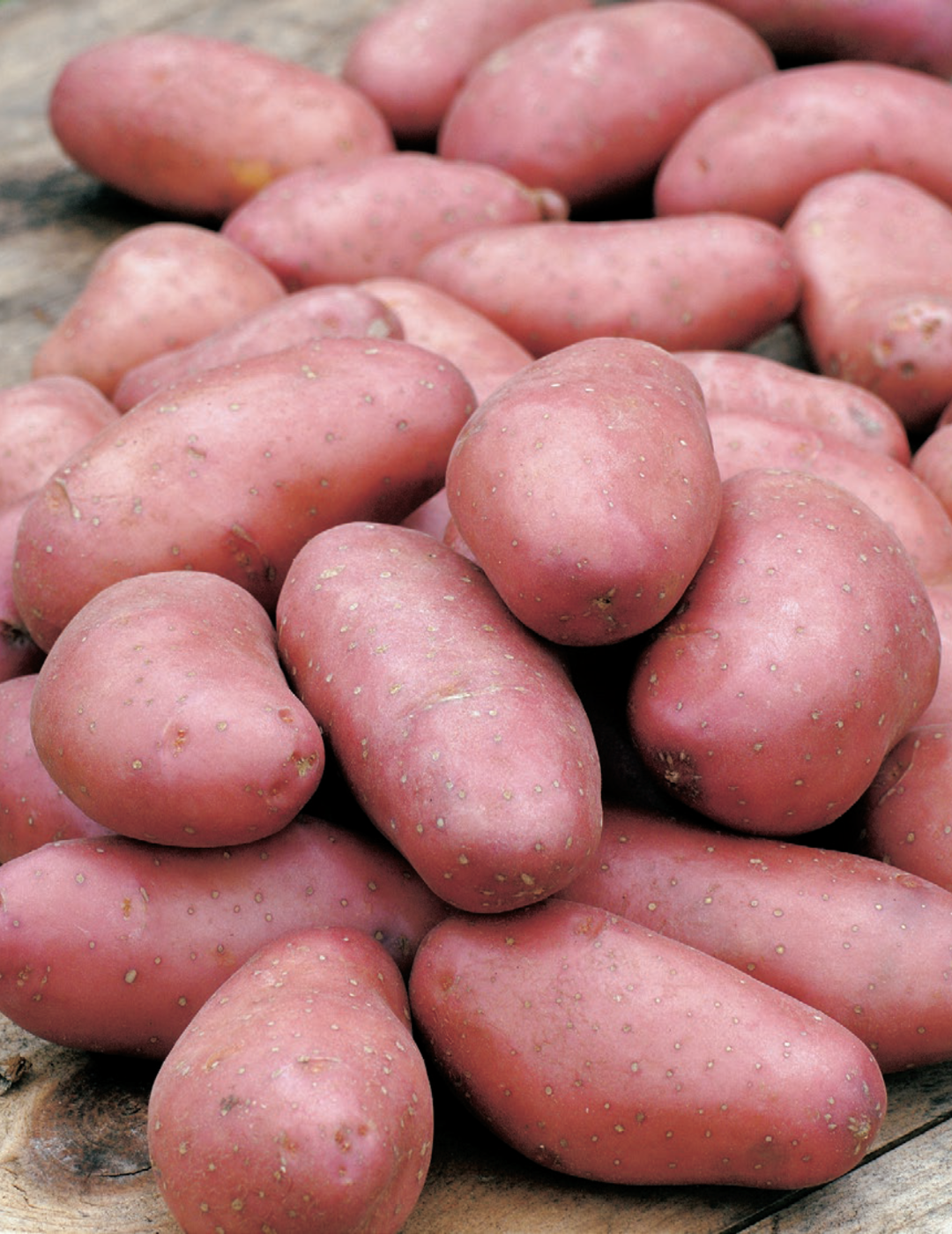
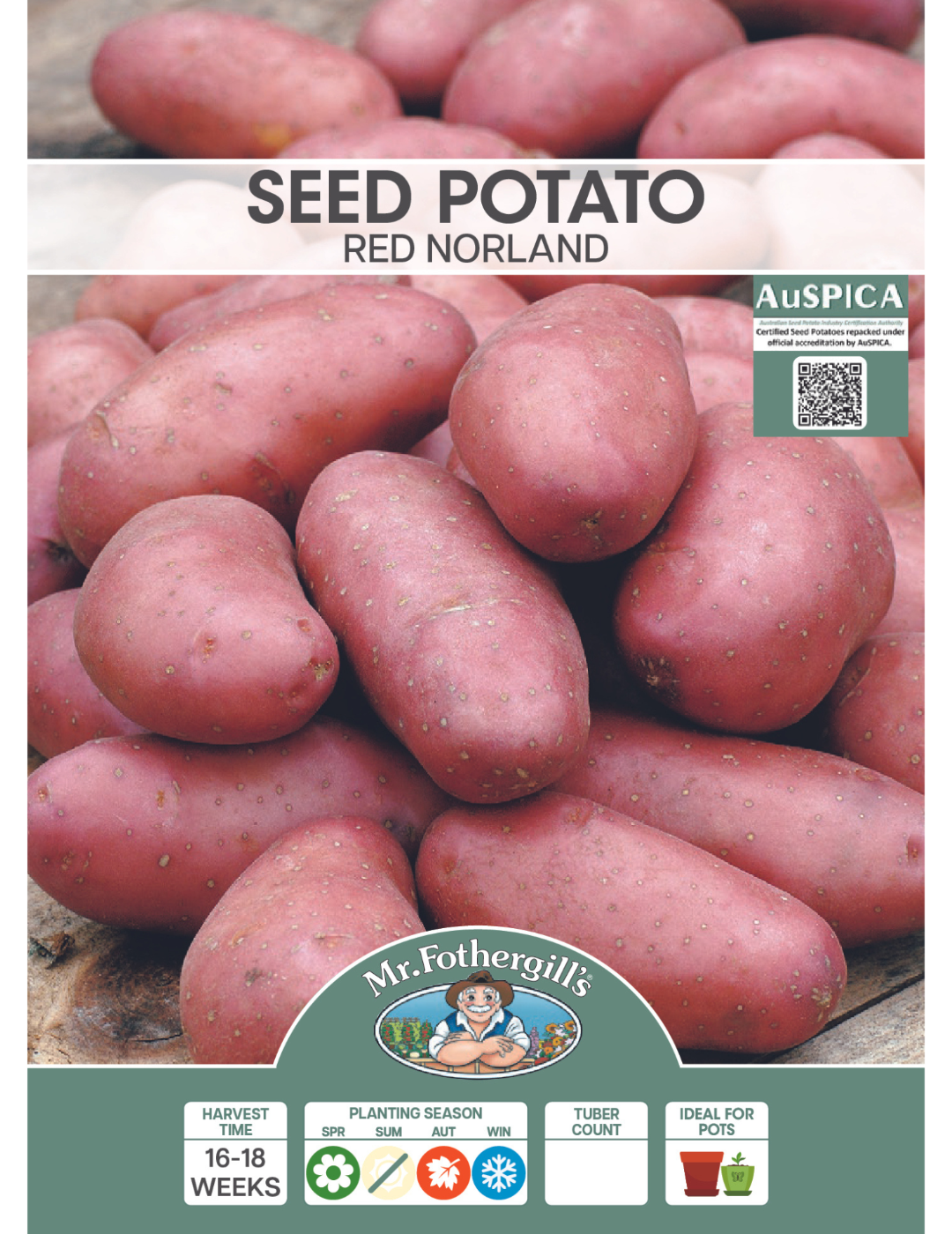
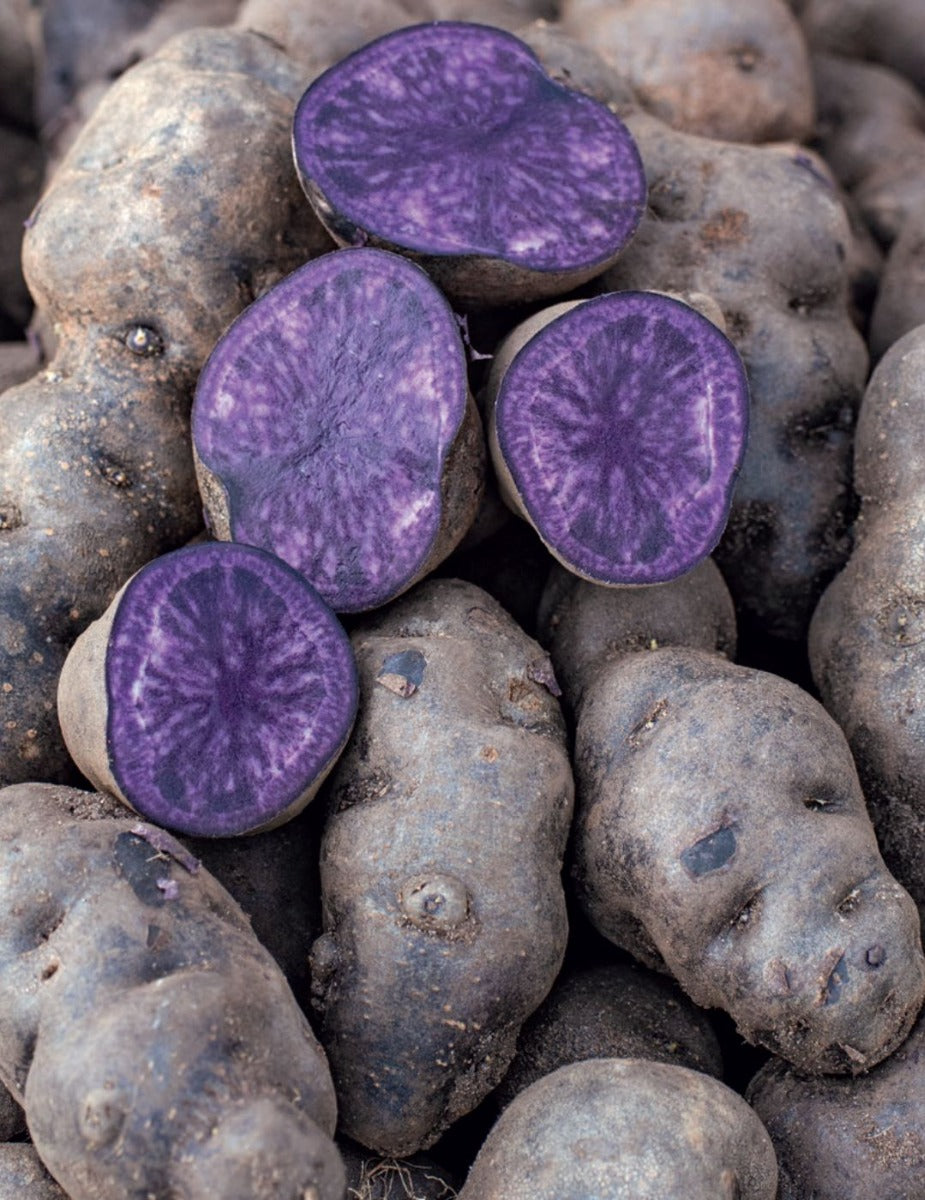
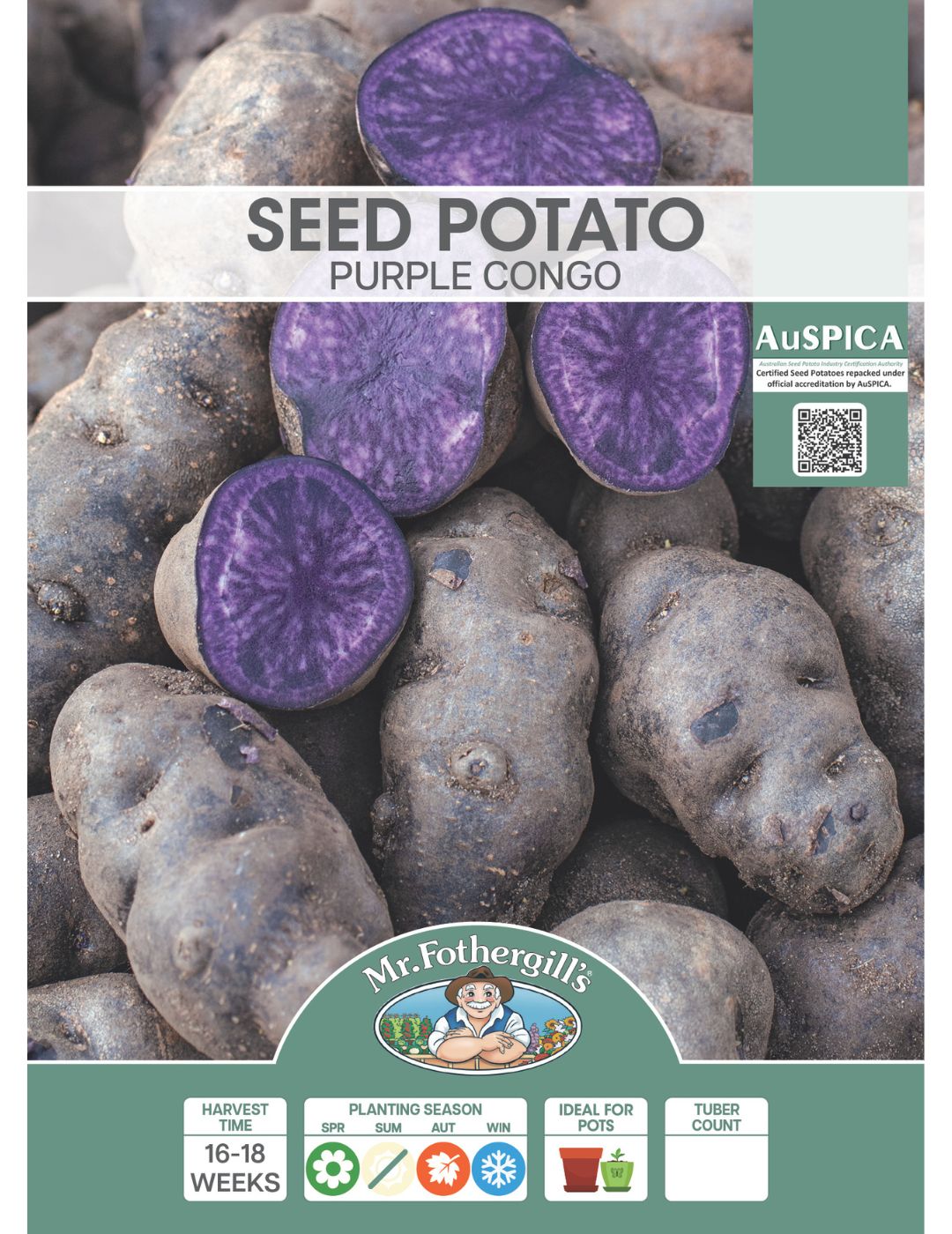
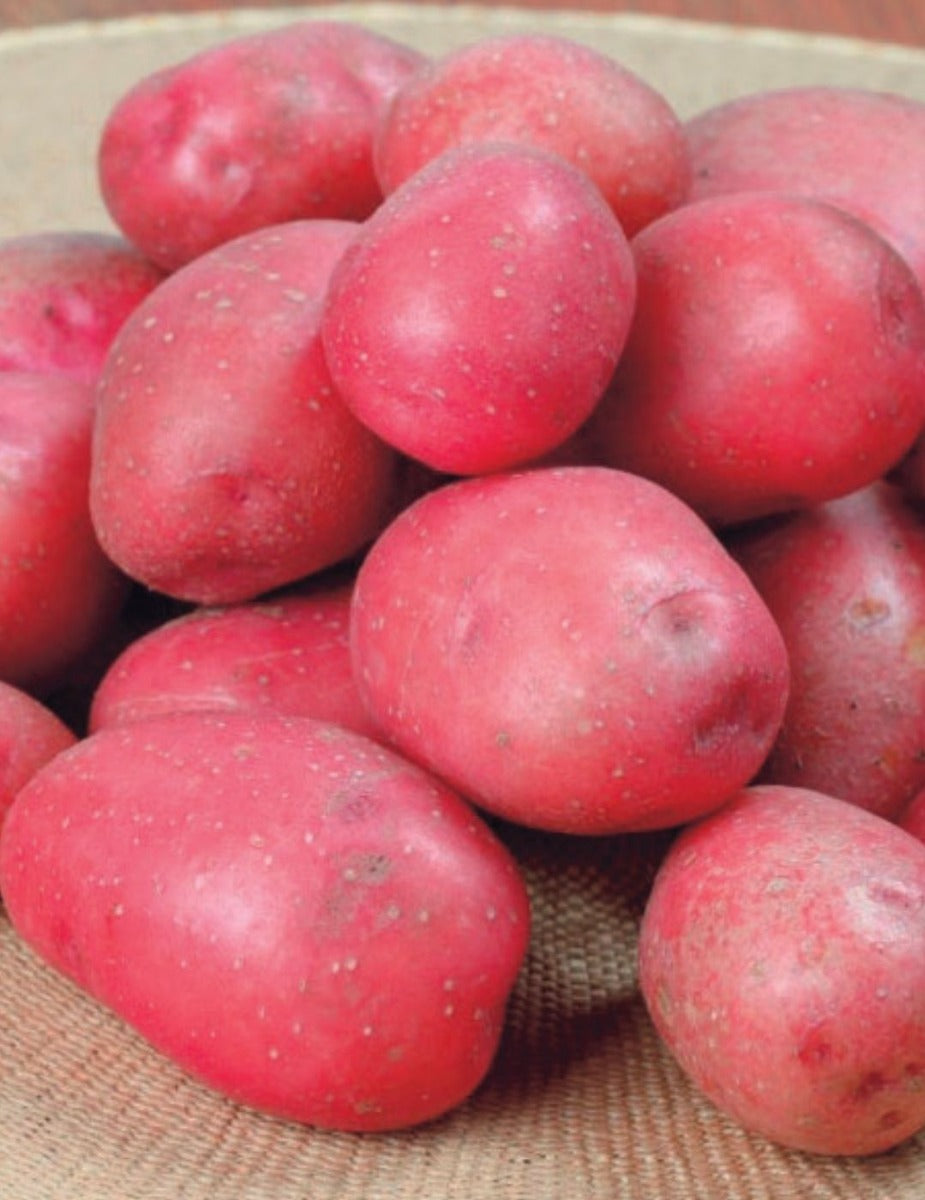
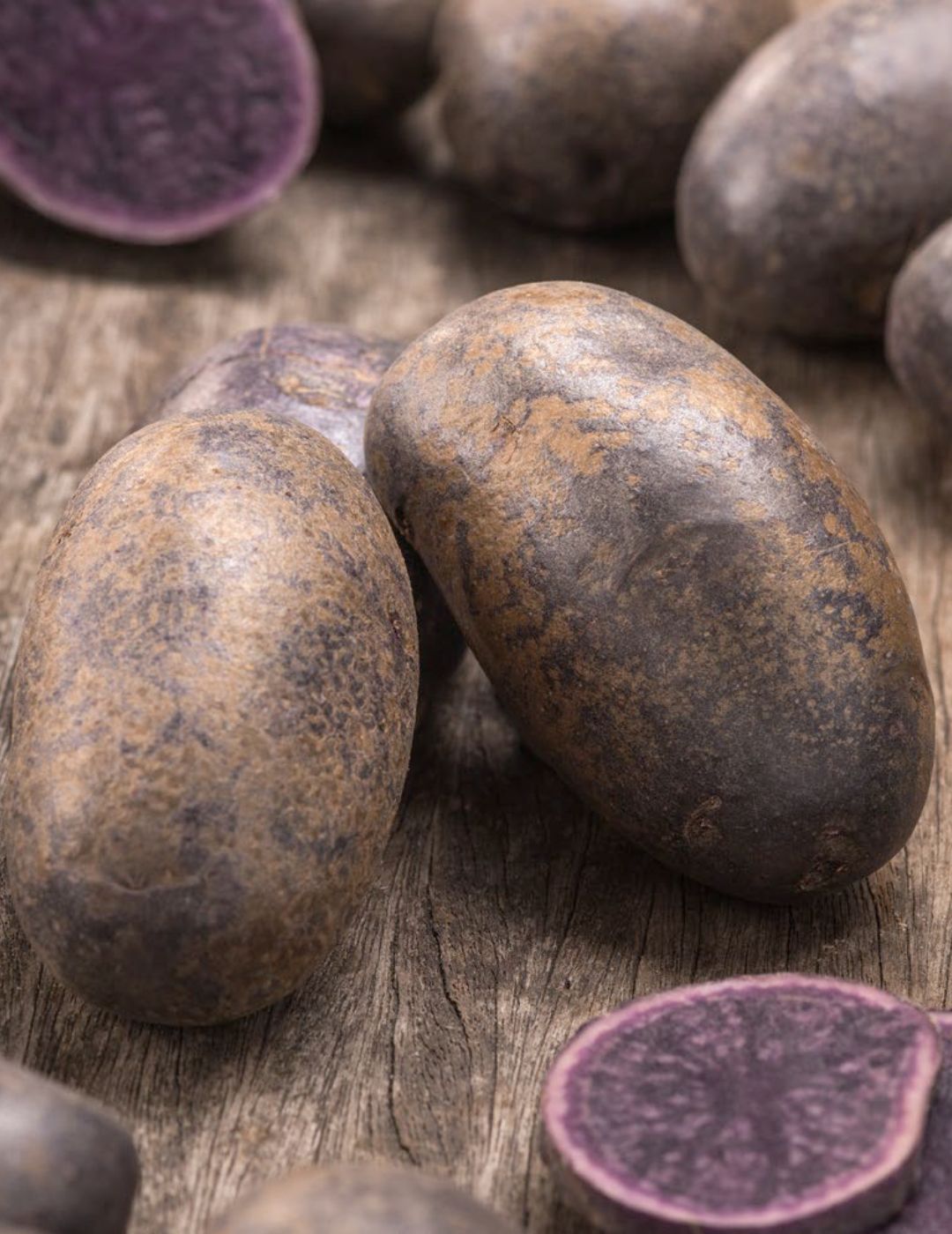
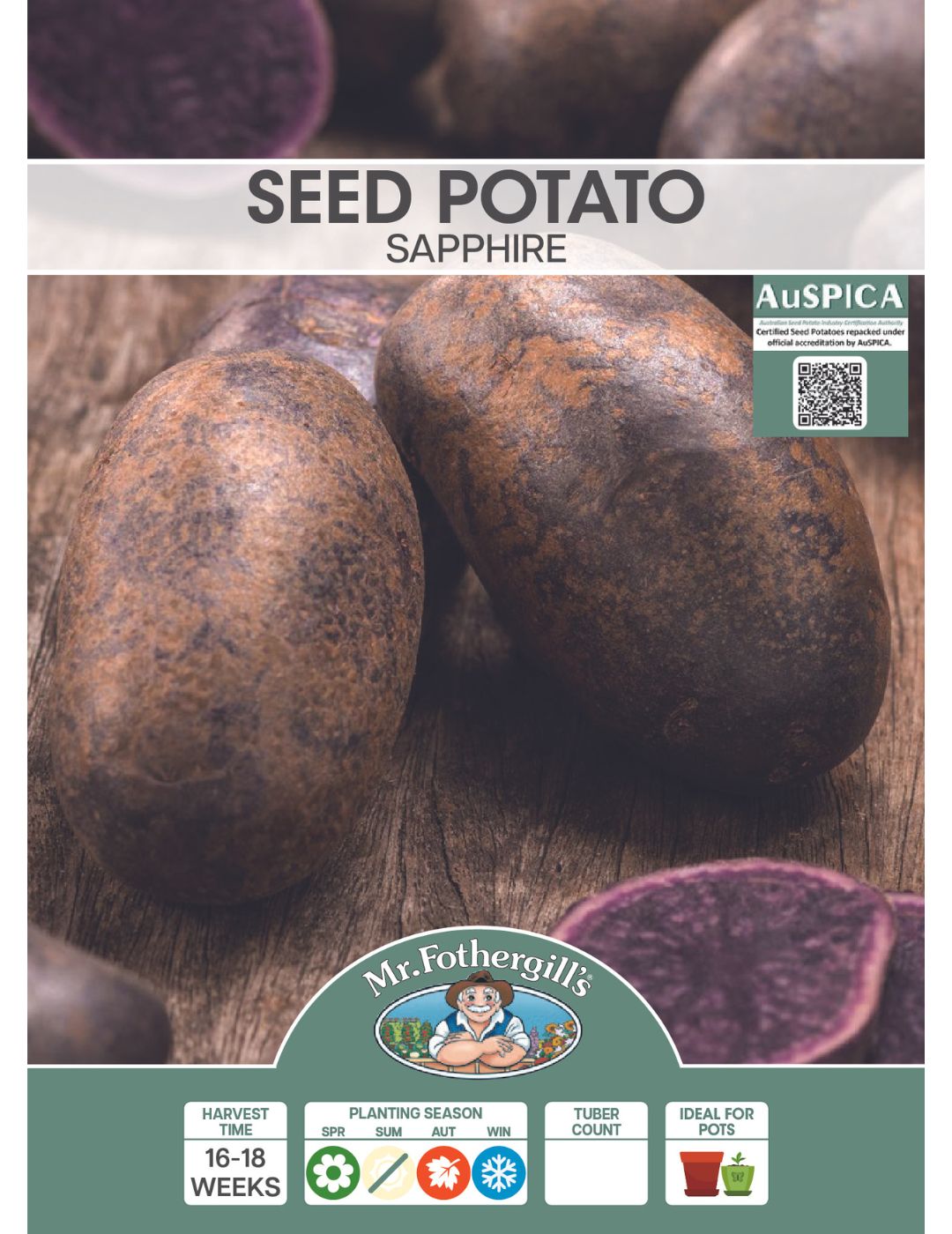
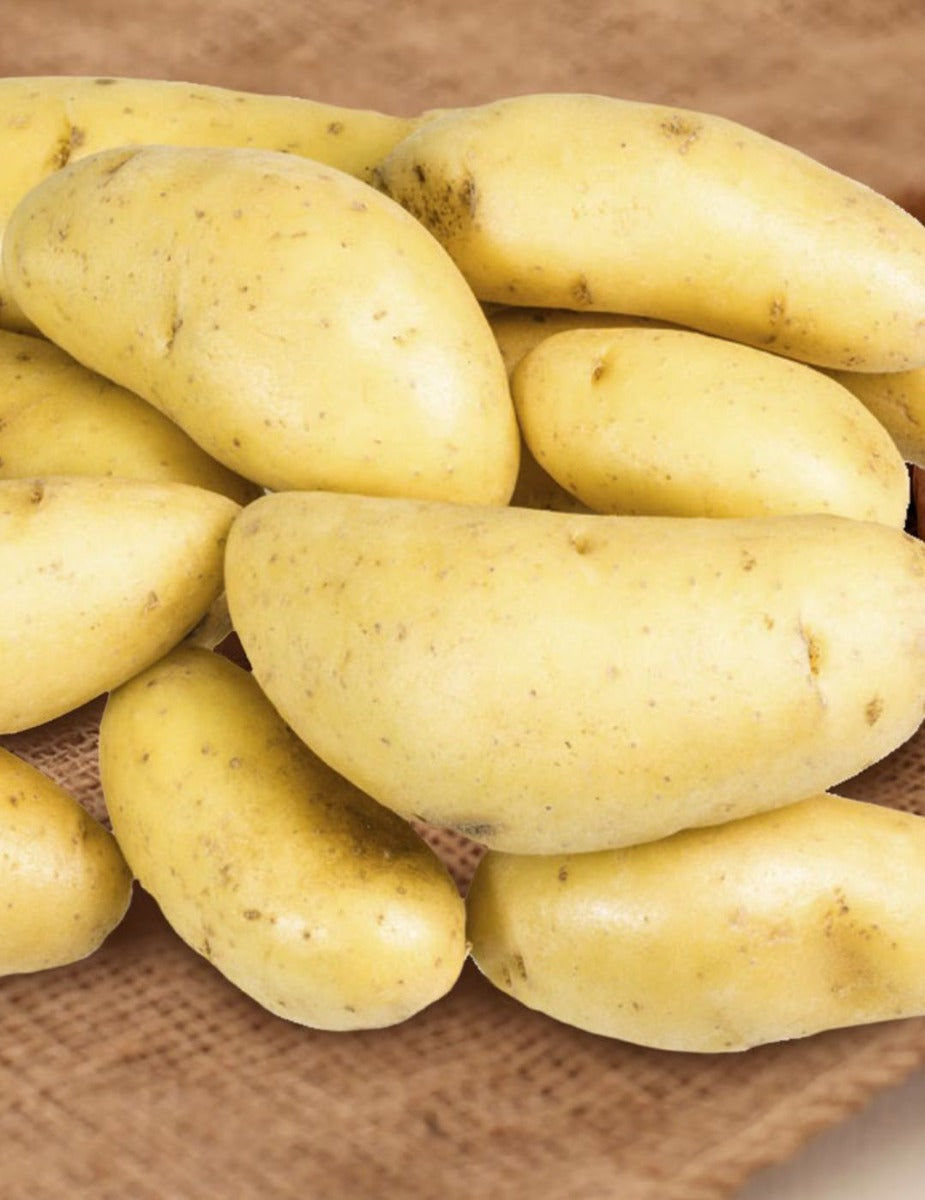
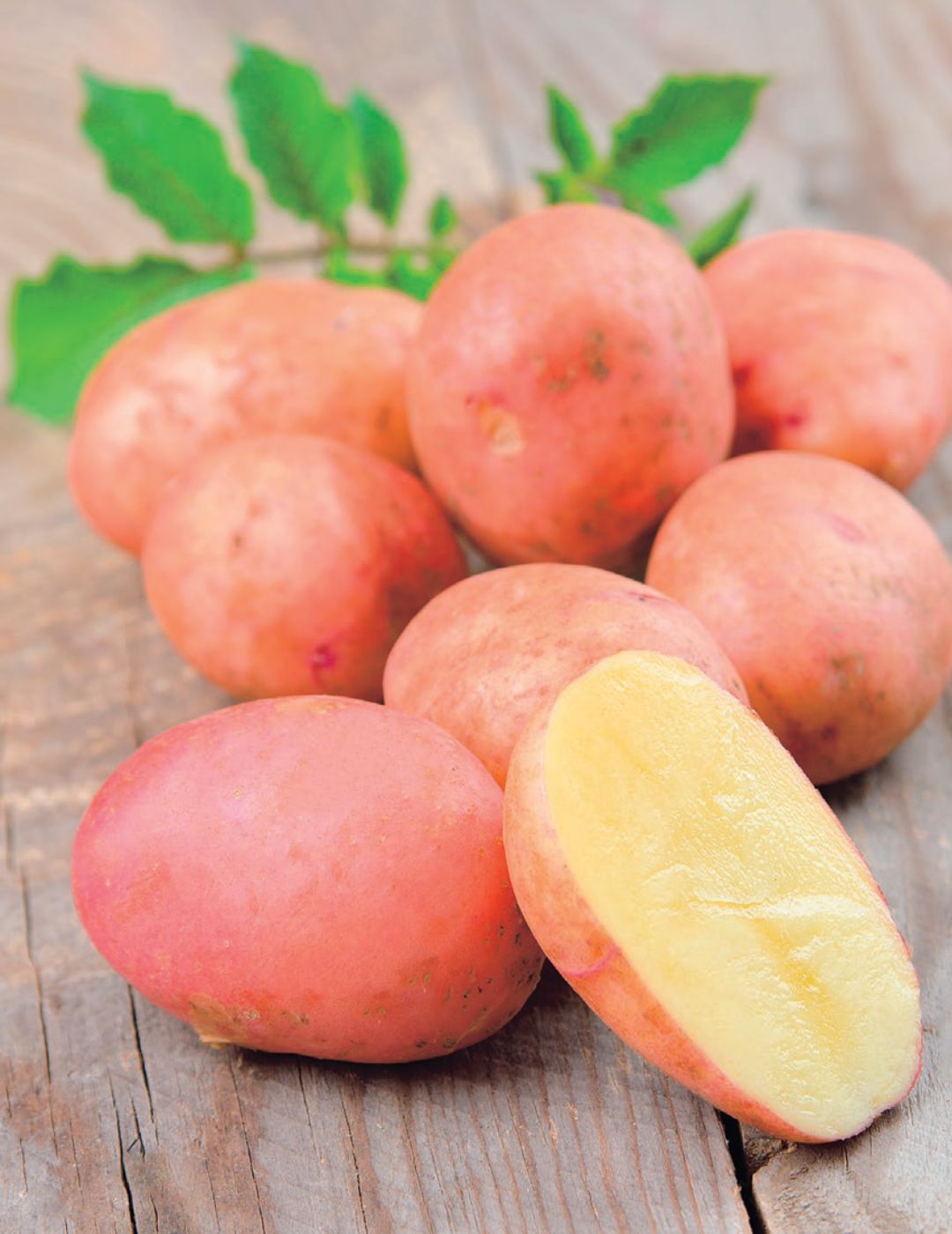
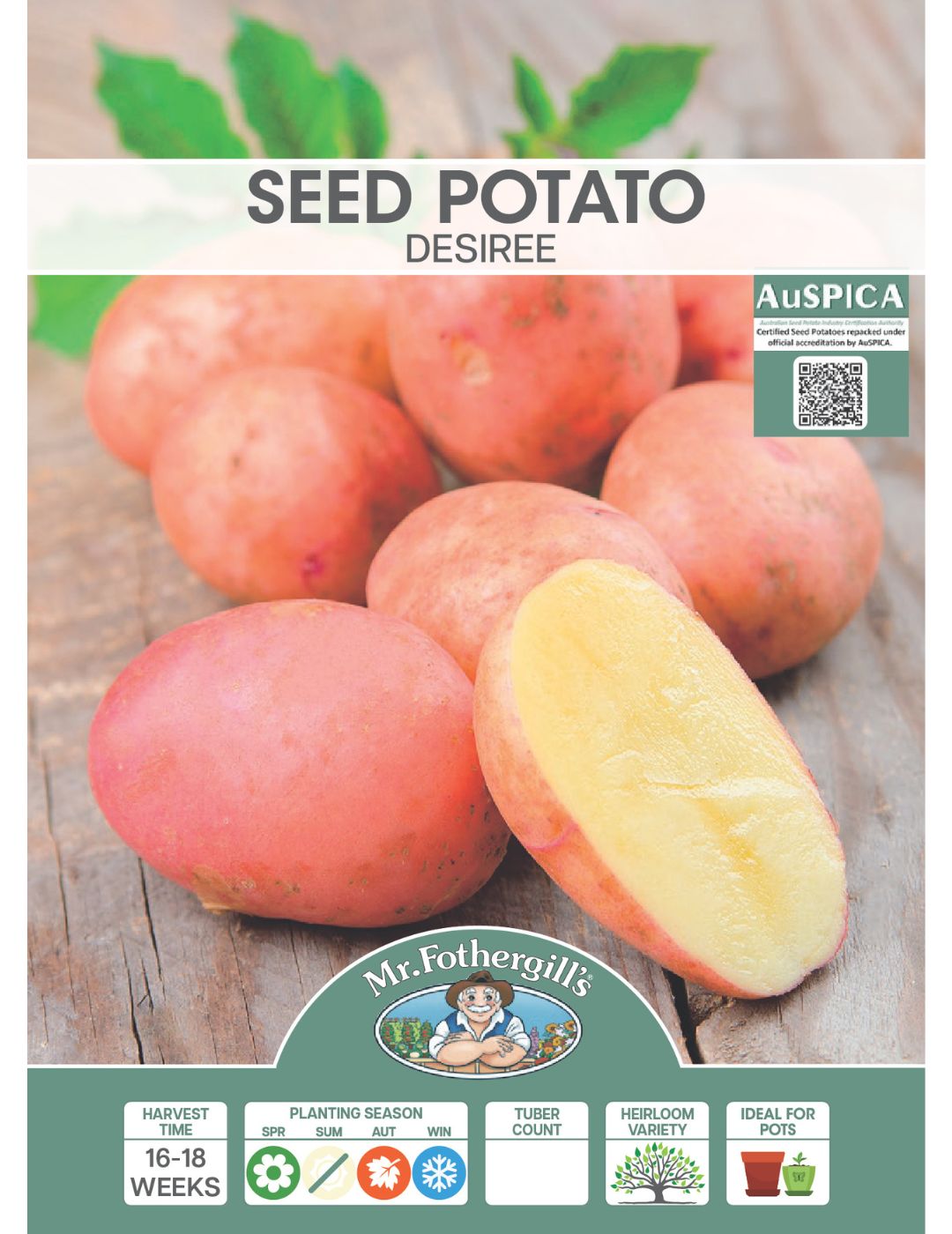
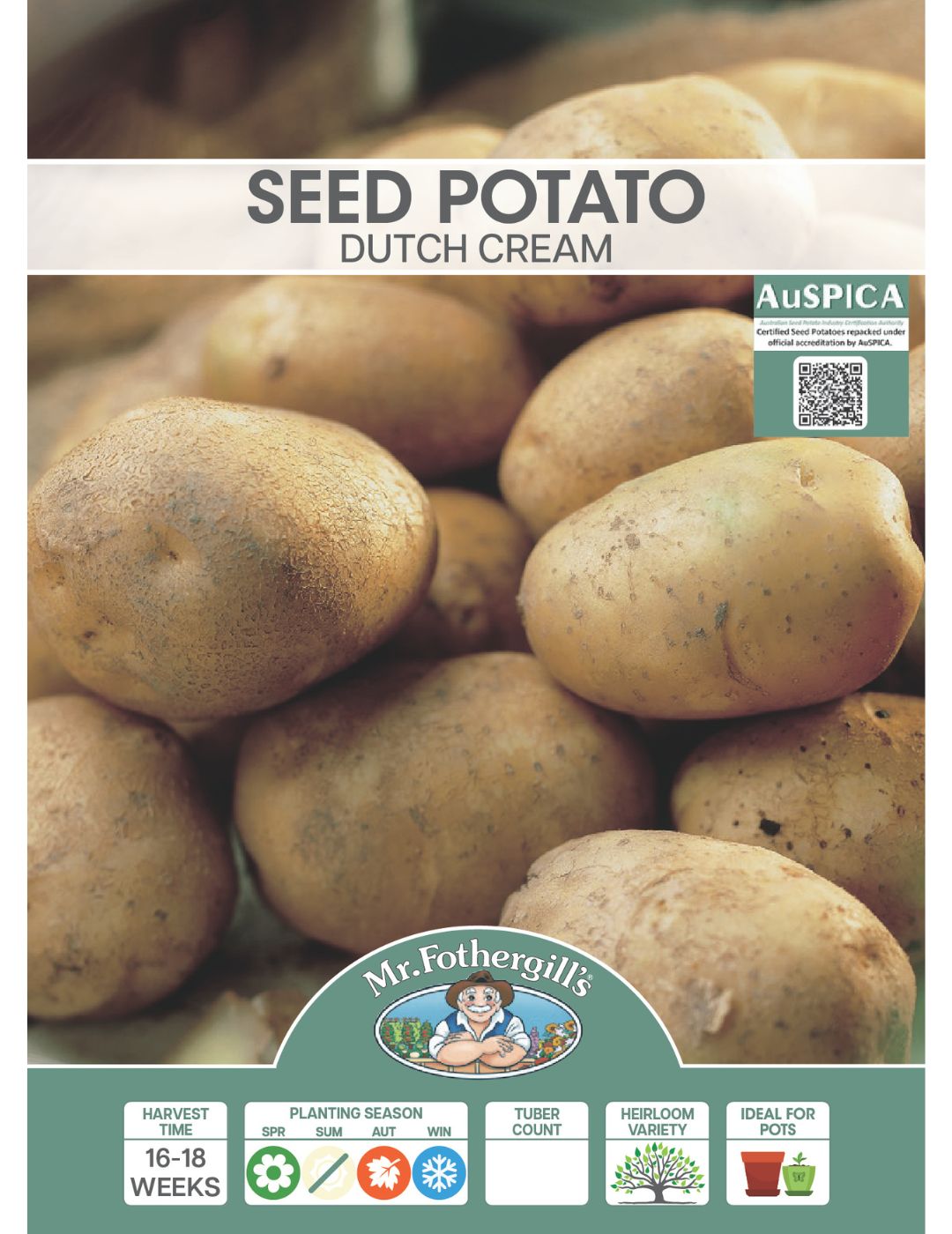
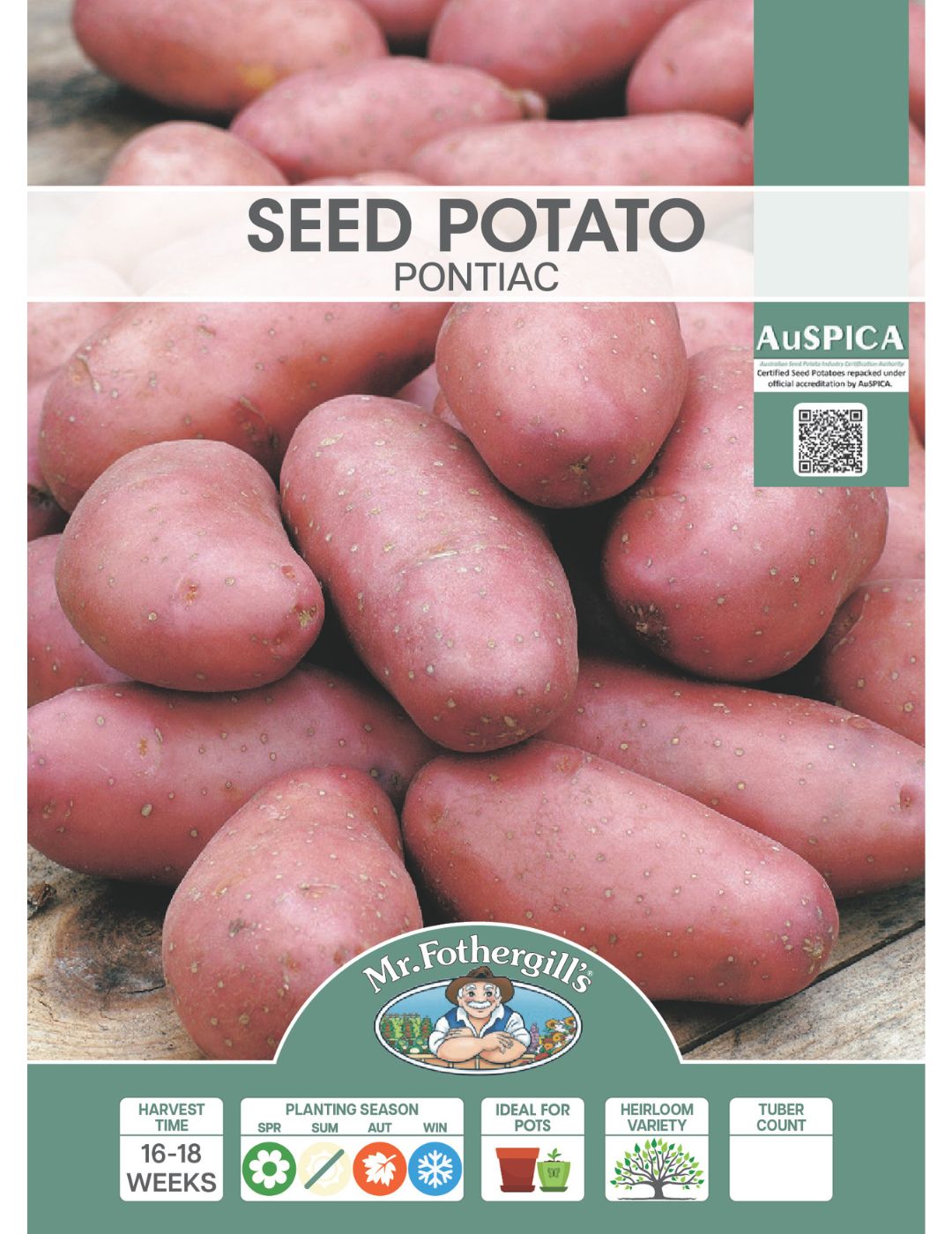
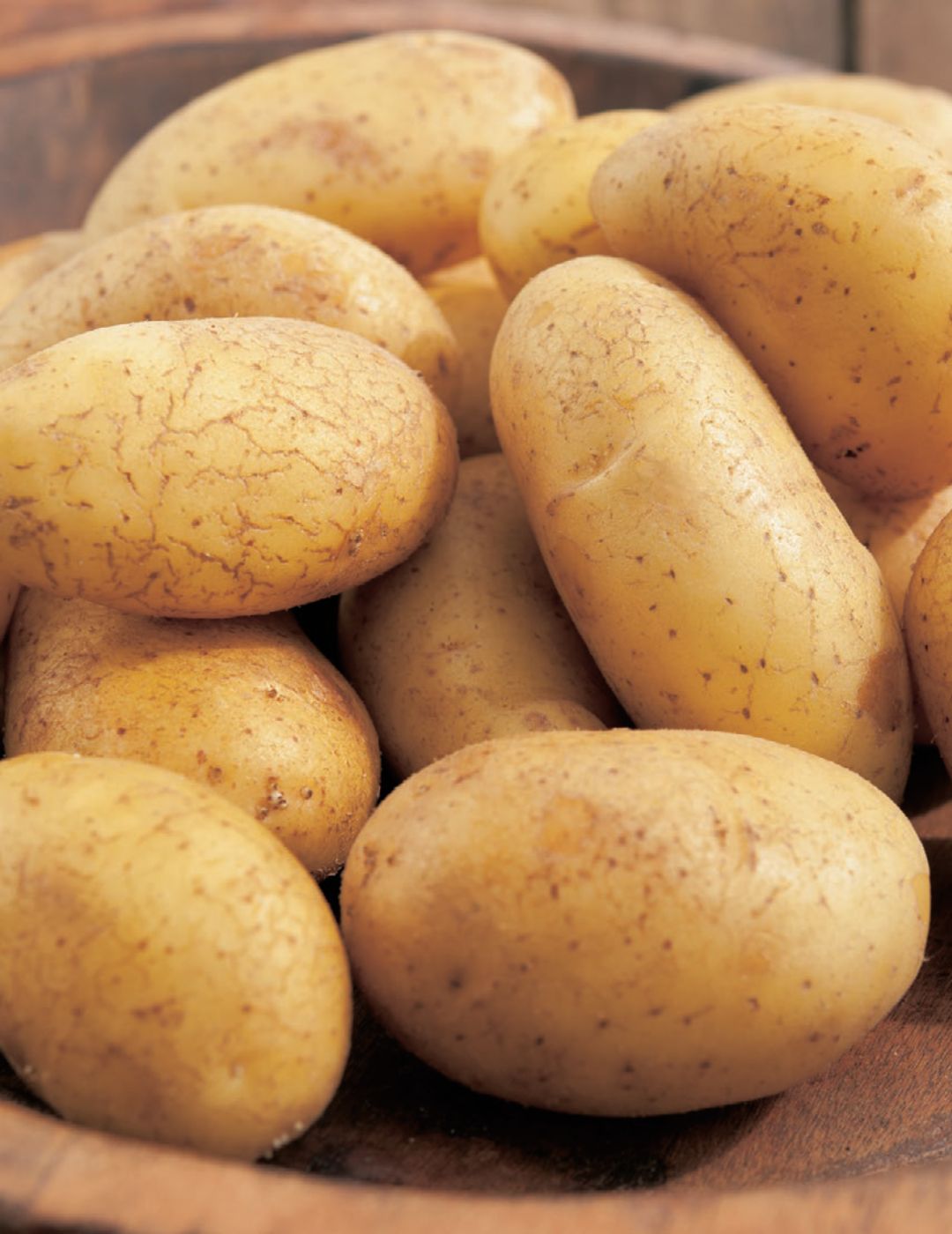
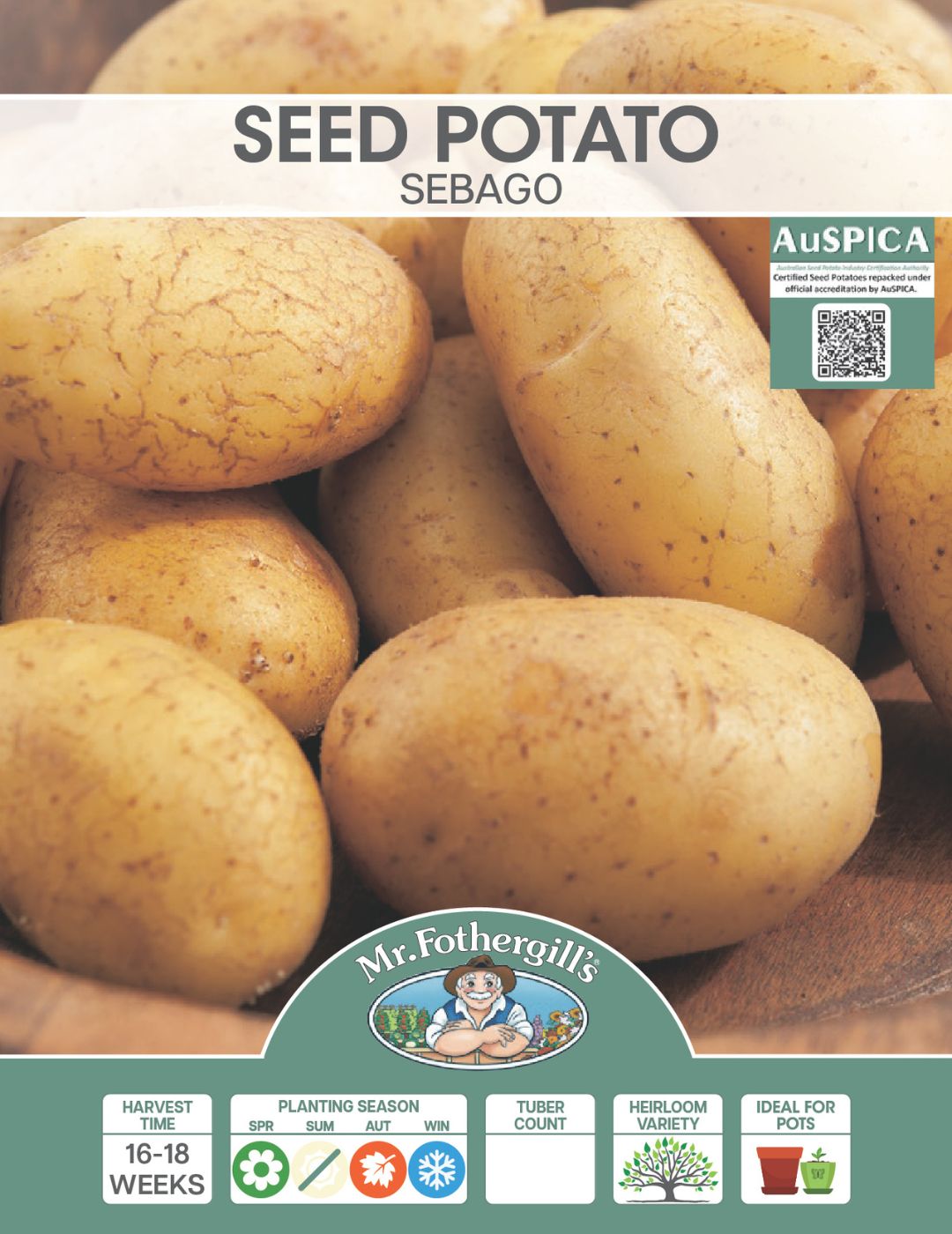
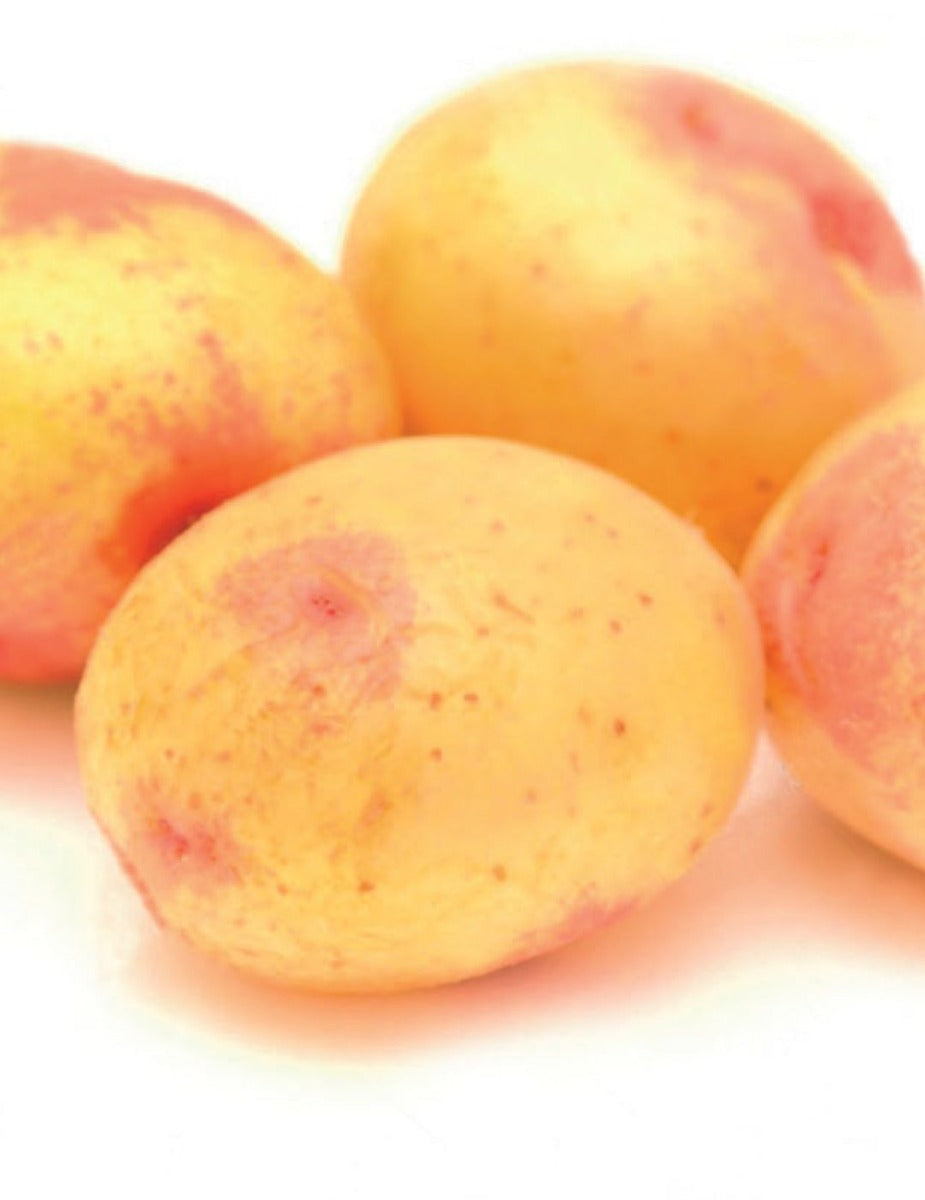

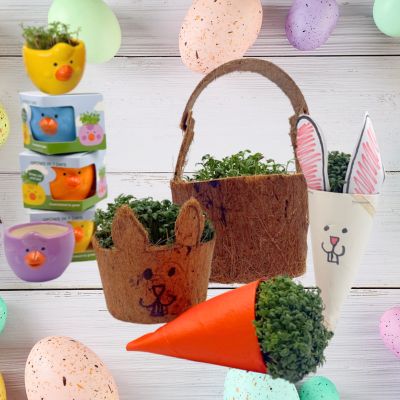



1 comment
Rob Stevens
When will potato tubers be back in stock for sale and can I preorder them
Leave a comment
All comments are moderated before being published.
This site is protected by hCaptcha and the hCaptcha Privacy Policy and Terms of Service apply.